The Westfjords
The Westfjords, which looks something like a hand with a hundred fingers sticking out of the north western corner of Iceland, is Norway on steroids. Whereas Norway is unquestionably the champion of huge dramatic steep mountain fjords, the Westfjords seem to focus more on quantity with a strong dose of quality thrown in. So after a long and rainy day crossing the northern Arctic coastline of Iceland with the highlight being a visit to an award-winning herring museum (the largest herring museum in Iceland!) we found ourselves amongst the wonderful world of the Westfjords.
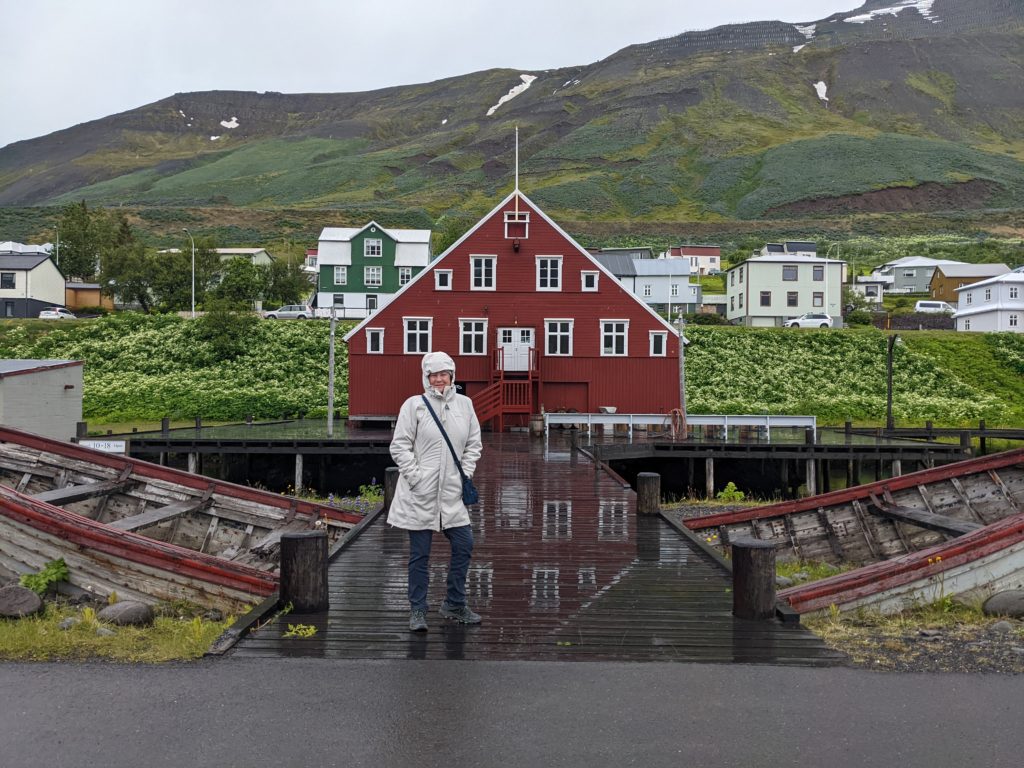
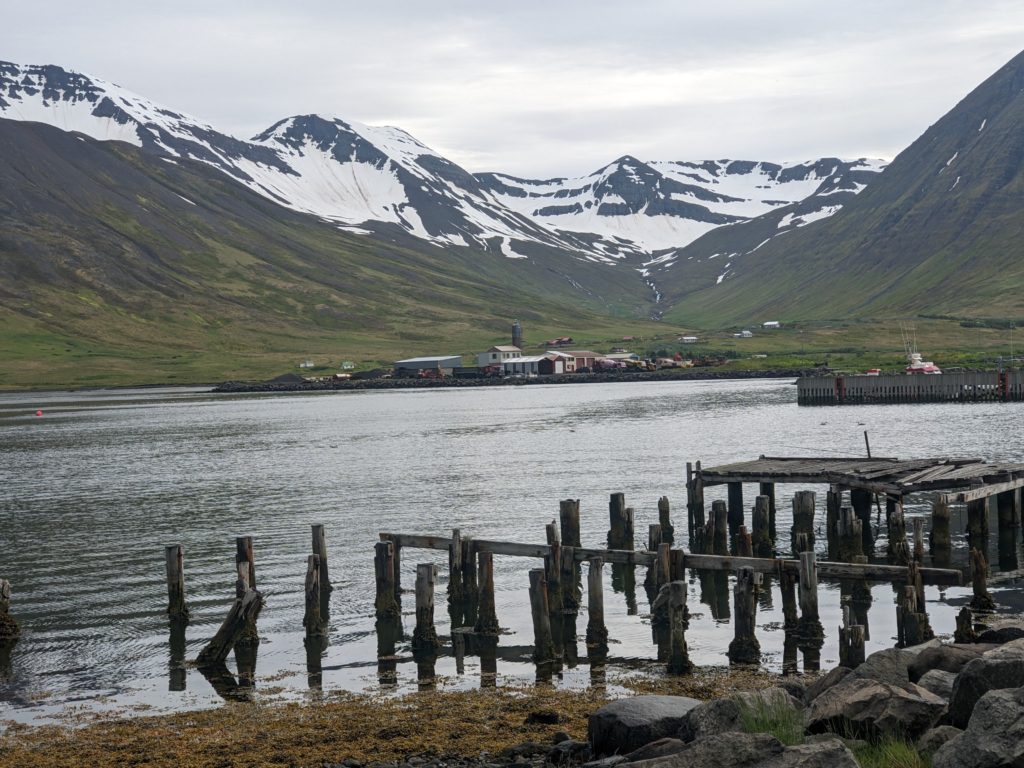
The emphasis in these parts is more on the raw natural untrampled beauty rather than specific glaciers, volcanos or waterfalls. Long sections of even the major roads are unpaved and you can travel long distances without seeing another soul. Mountains are rounded from glacier grinding and still feature a lot of unmelted snow on their tops. This is remote stuff.
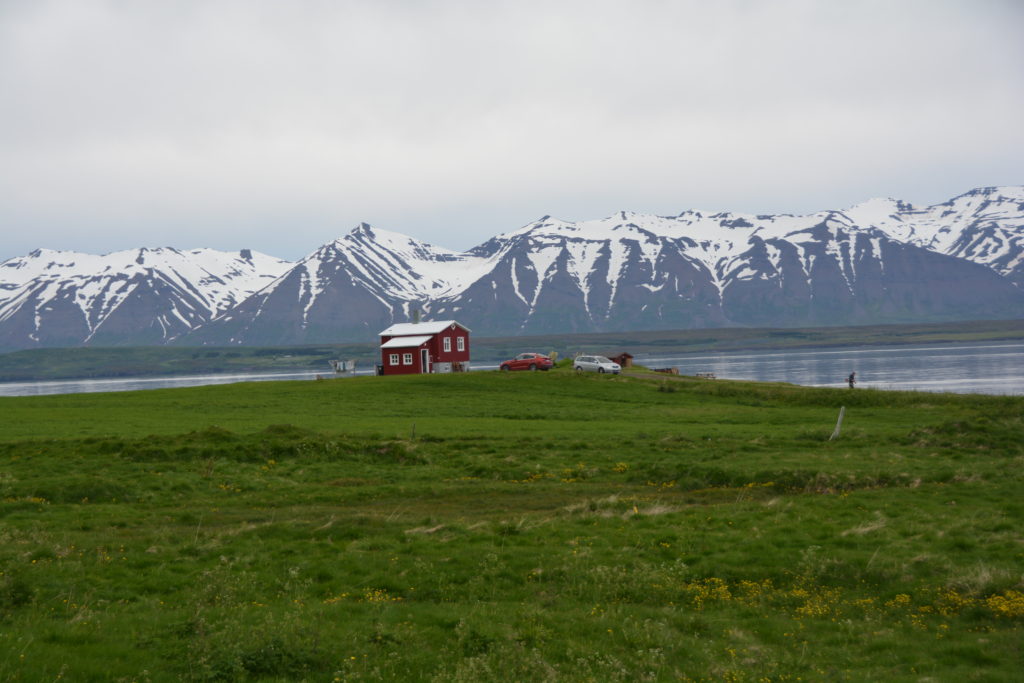
In fact, Iceland has a population density of only 3 people per square kilometre, the lowest in Europe (by comparison, Scotland and Ireland, where we’ve just been, has about 70 people per square kilometre, the US has 36 and vast empty Australia a very similar 3). On top of that, it is said that only about 10% of the visitors who come to Iceland bother to come to the Westfjords. So we’re kinda on our own.
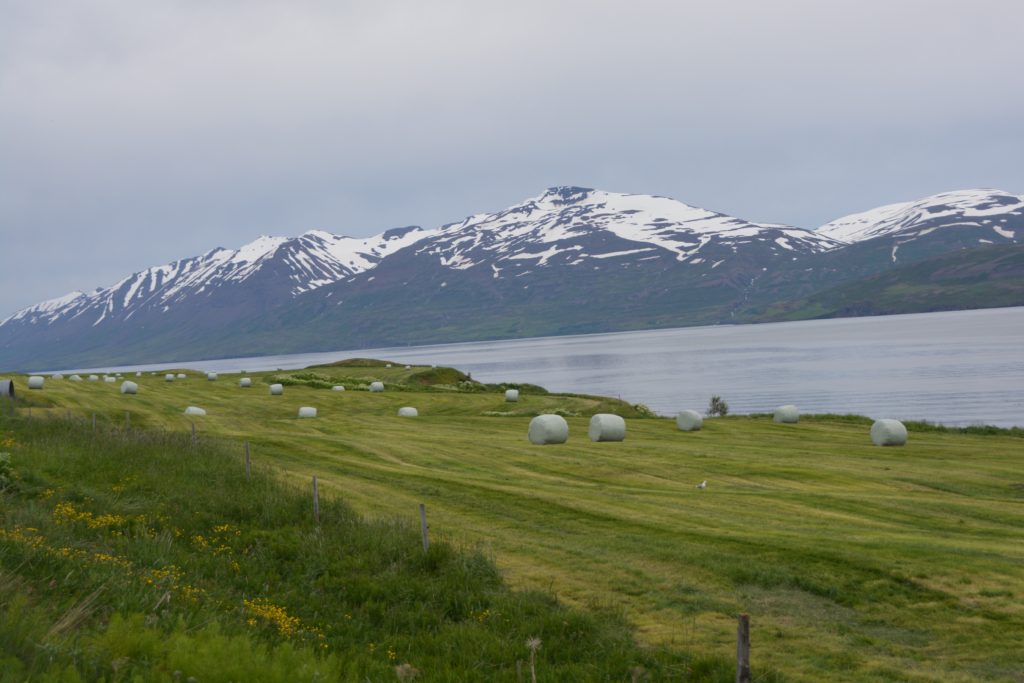
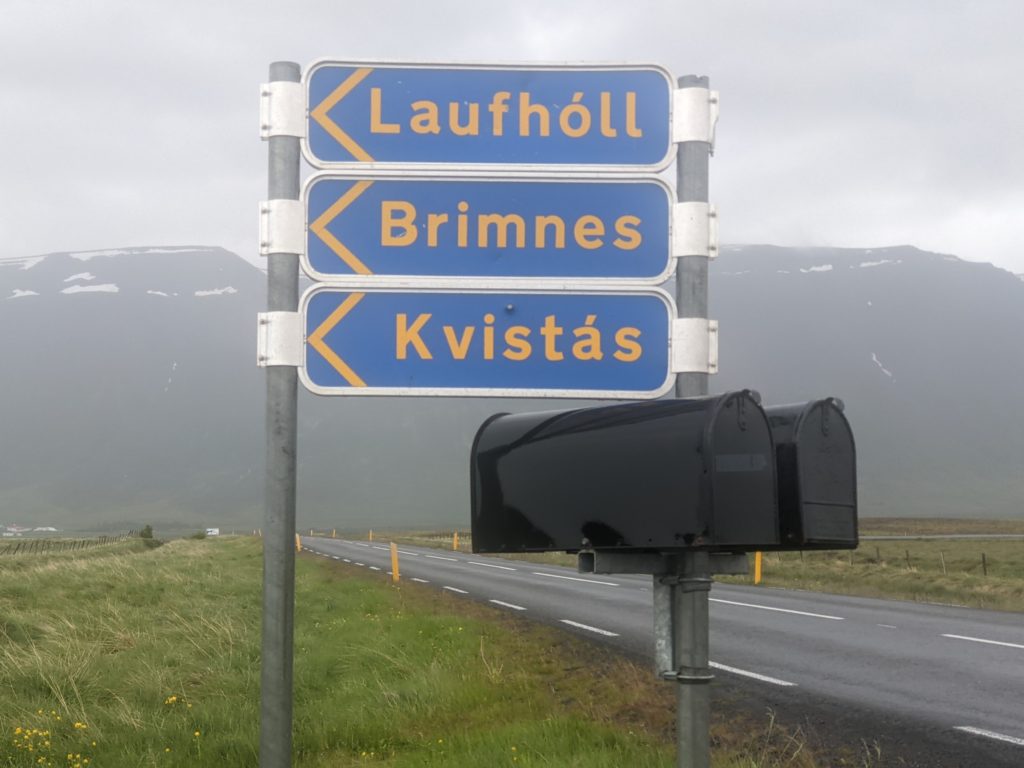
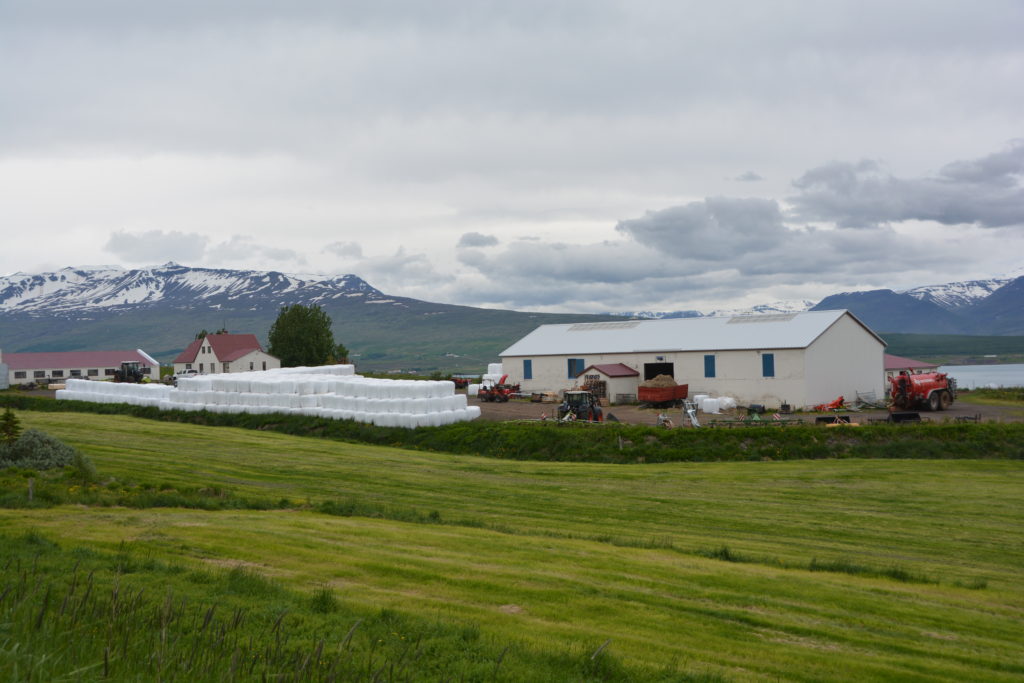
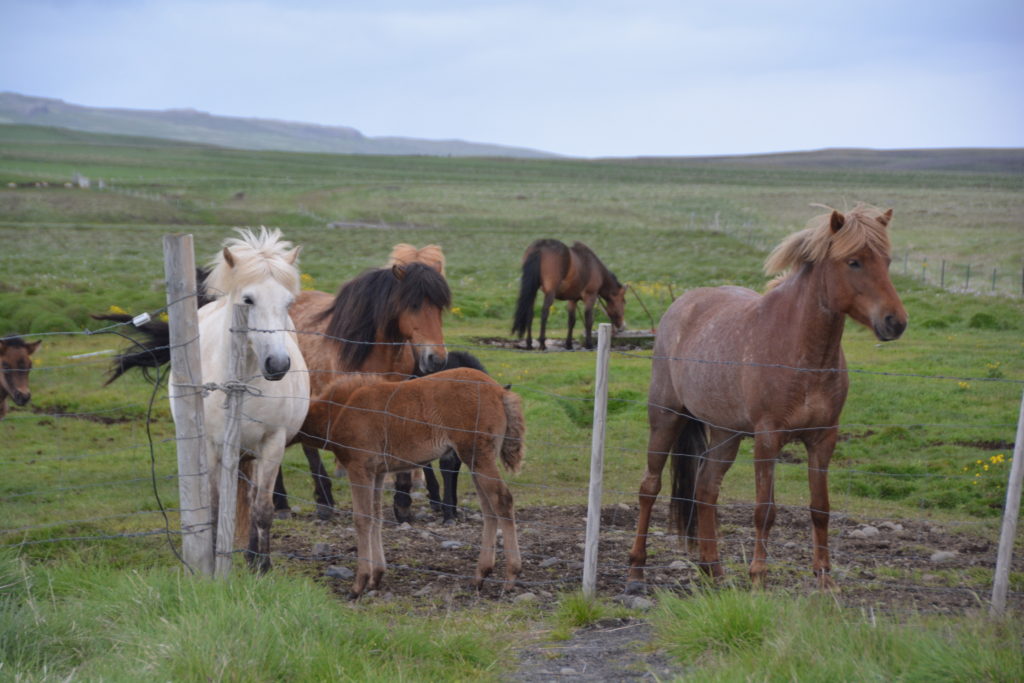
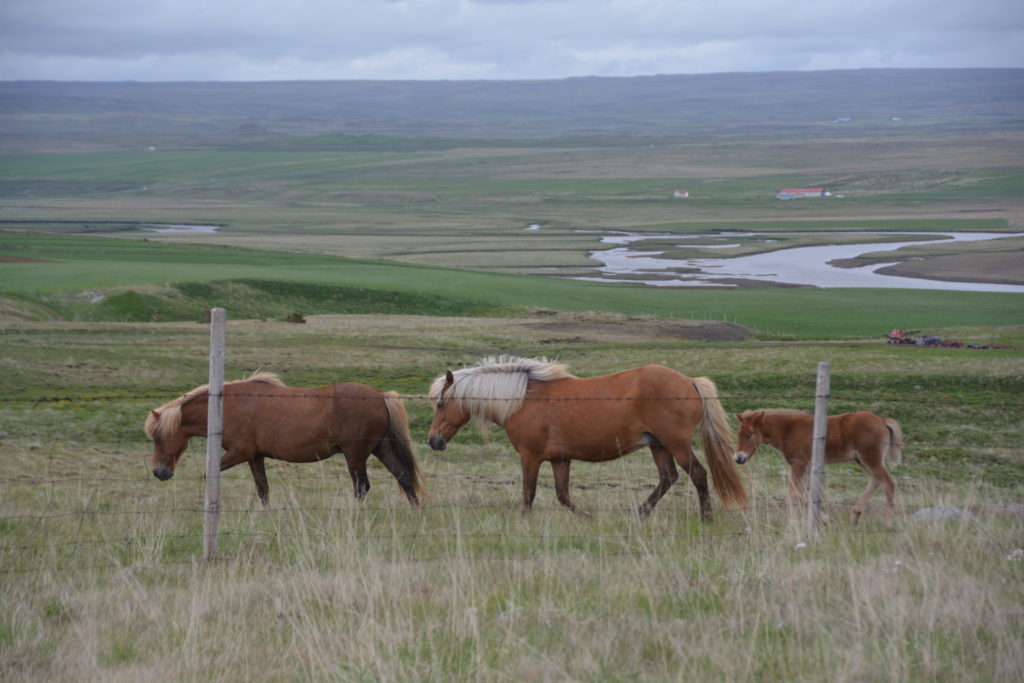
To emphasise this point, after a great day of driving around long brooding fjords and across brown barren land we spent the night in Holmavik, population 362, stayed at the only hotel and ate dinner at the only restaurant. But the town does have the Icelandic Museum of Witchcraft and Sorcery. So there.
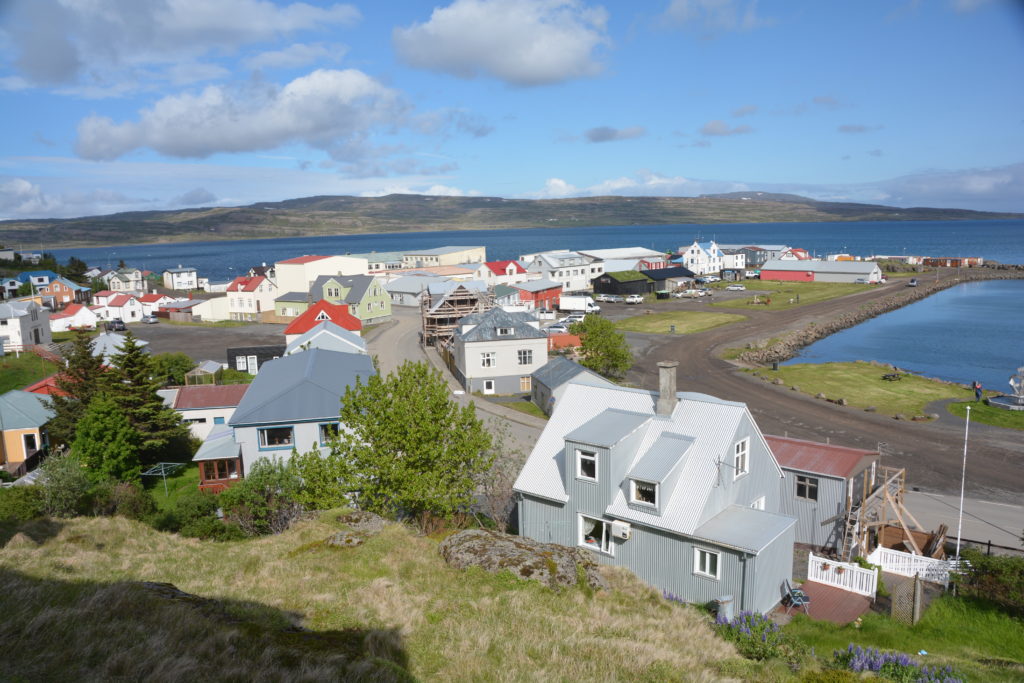
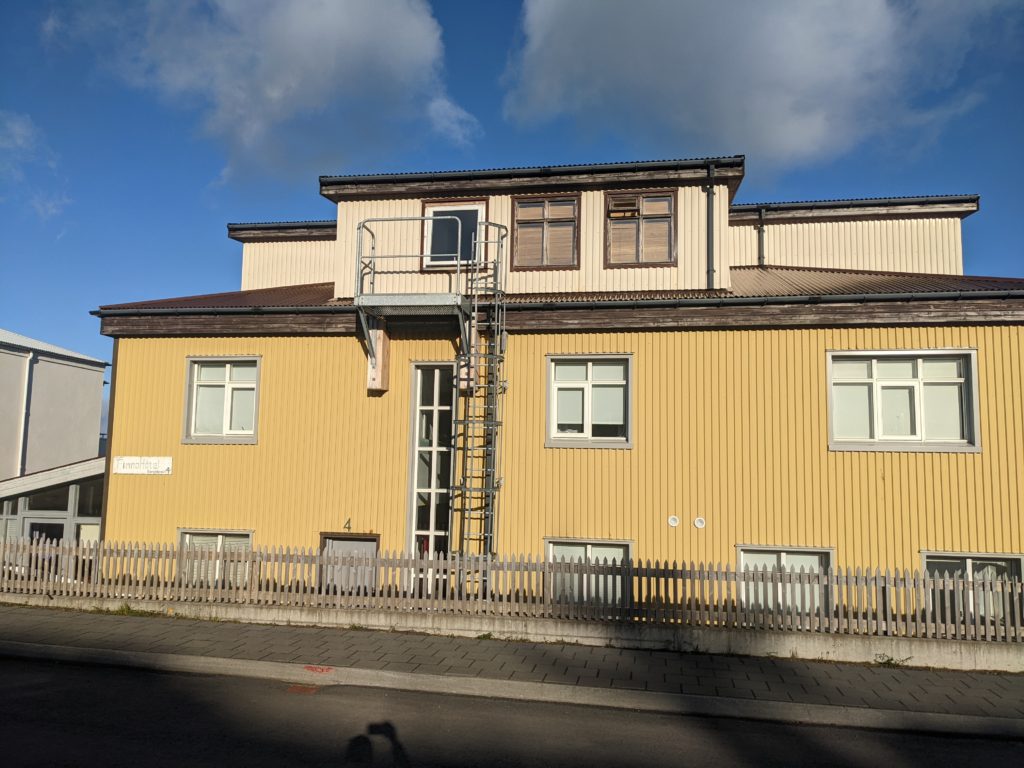
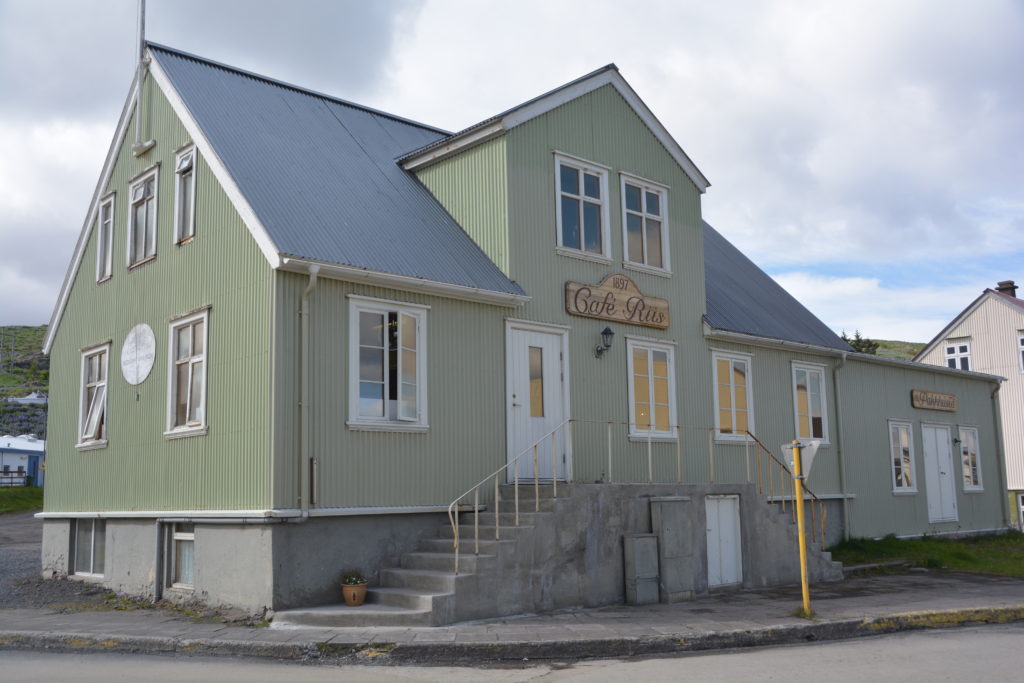
With mighty Uvu in training as an off-road vehicle we took a loop road through the little community of Drangsnes (population 67) and followed the dirt track around the peninsula, taking in the stunning coastline scenes and marveling at the huge driftwood piled high on the shore.
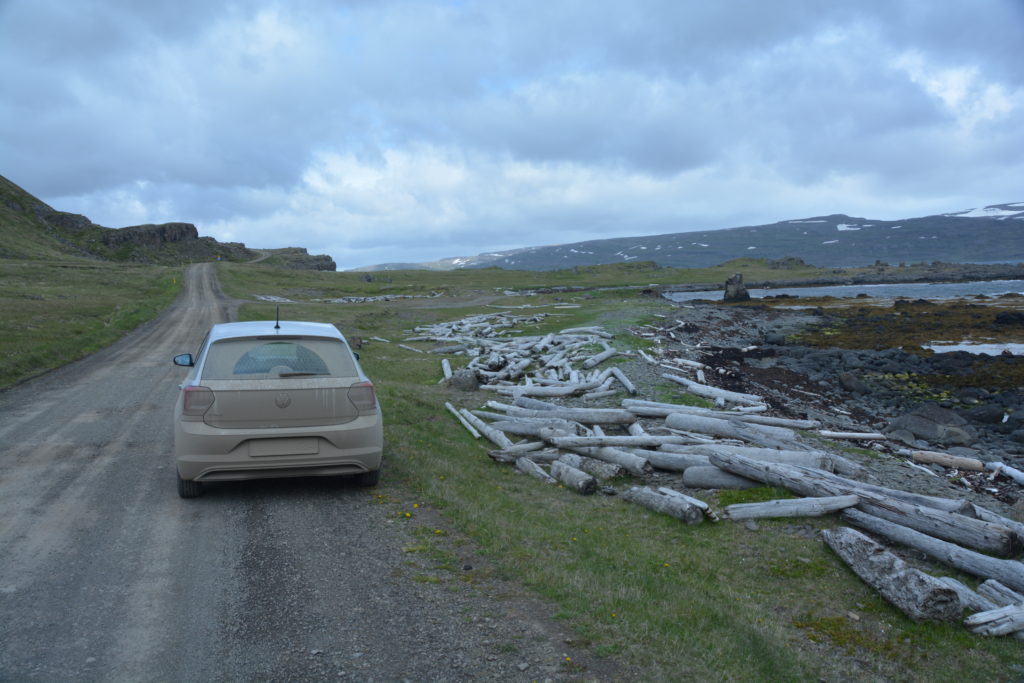
As it turns out, this driftwood starts as trees in Siberia and takes three to five years to float down to Iceland, perhaps some of that frozen in iceflows. Driftwood is very valuable in Iceland because there are essentially no trees and becomes the property of the farmer who owns the land down to the shore. He can then use it for building or fencing or resell it.
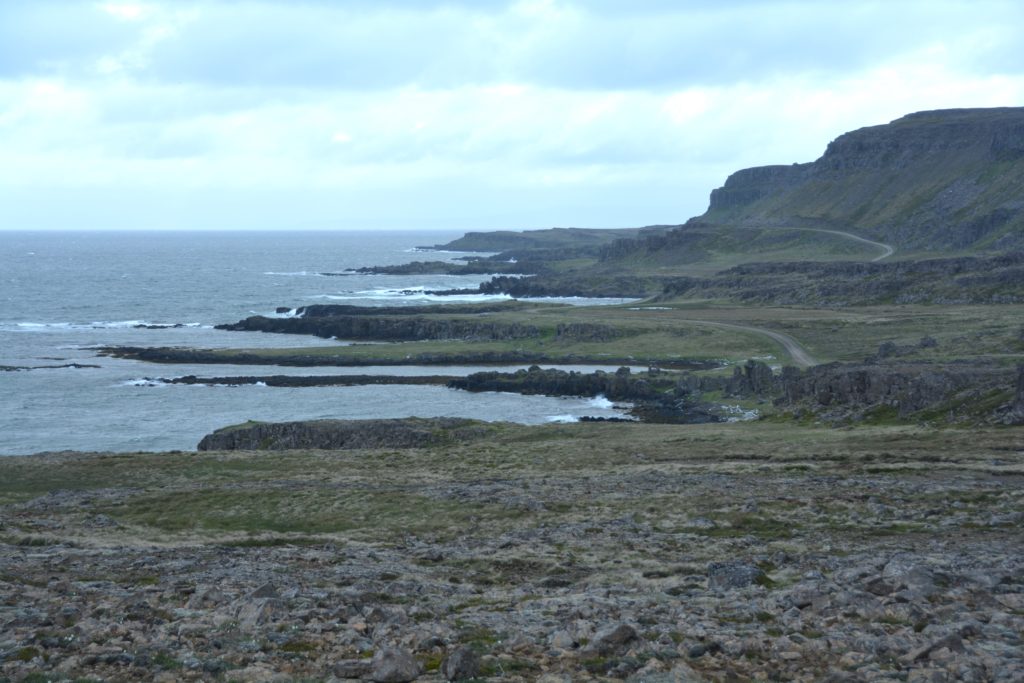
If Russian driftwood didn’t catch us unawares then the 500 metre pass we then climbed, up and over the spine of the Westfjords, did. As we neared the top of this steep winding climb the temperature dropped to 3°C, we had snow flurries and the wind was howling as the road weaved through half frozen lakes. It sure didn’t feel like a summer holiday.
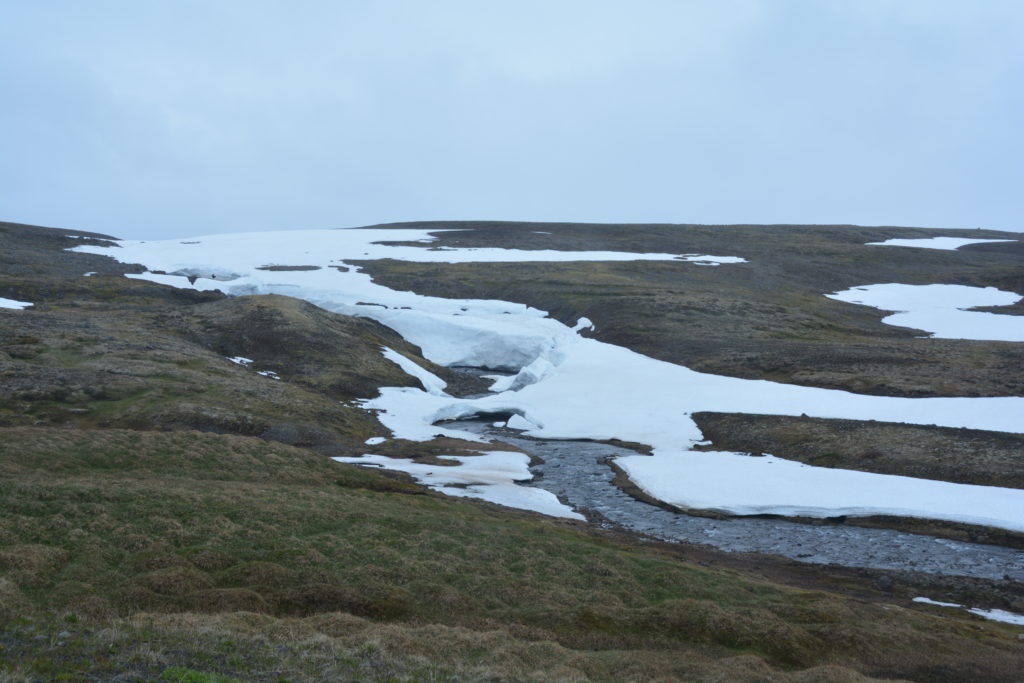
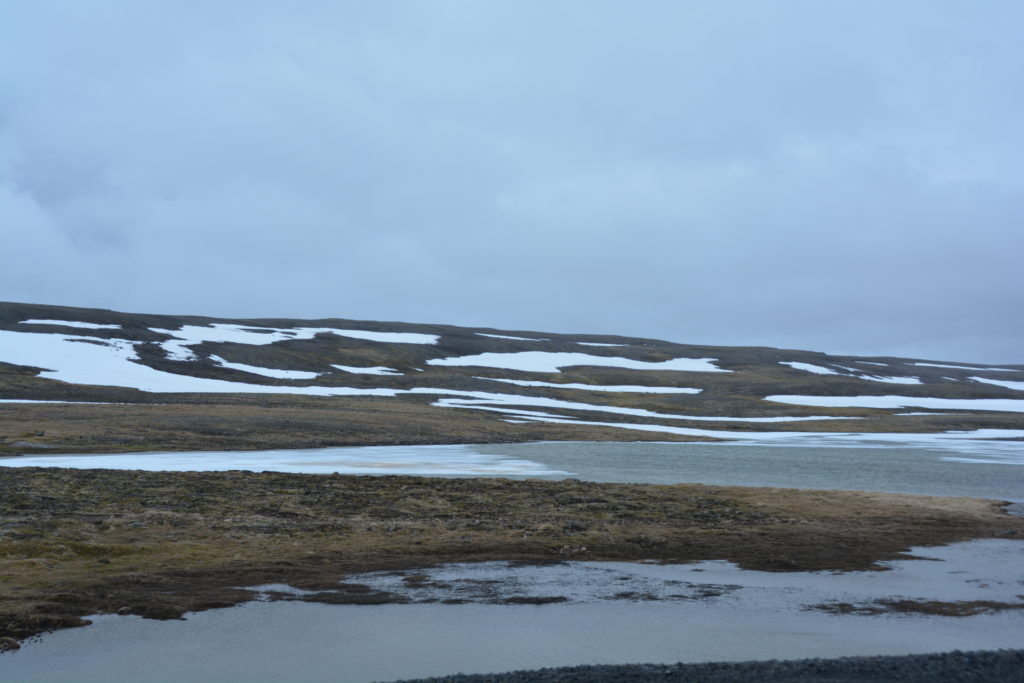
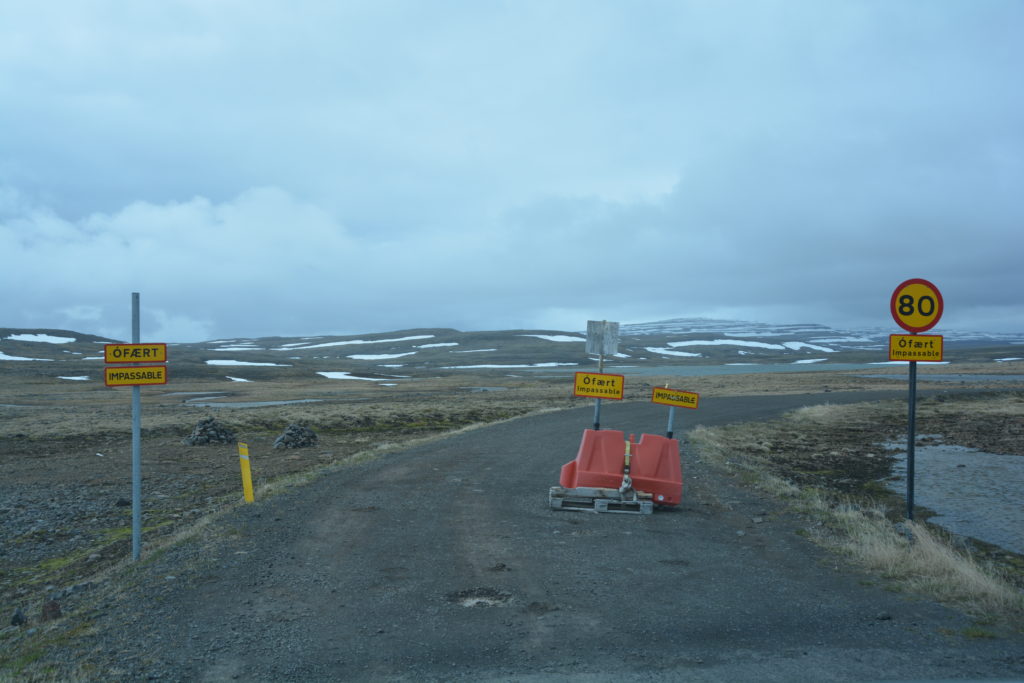
But the star of the day were the fjords, in fact fjord after fjord, seven in total, all long and deep, requiring the road to follow one shoreline until the end, cross a little bridge and then trace the opposite shoreline until it rounded the finger and started following the next fjord’s shoreline. It was crazy to drive maybe 40 kilometres just to get over to the other side where we could see vehicles. Such is the Westfjords.
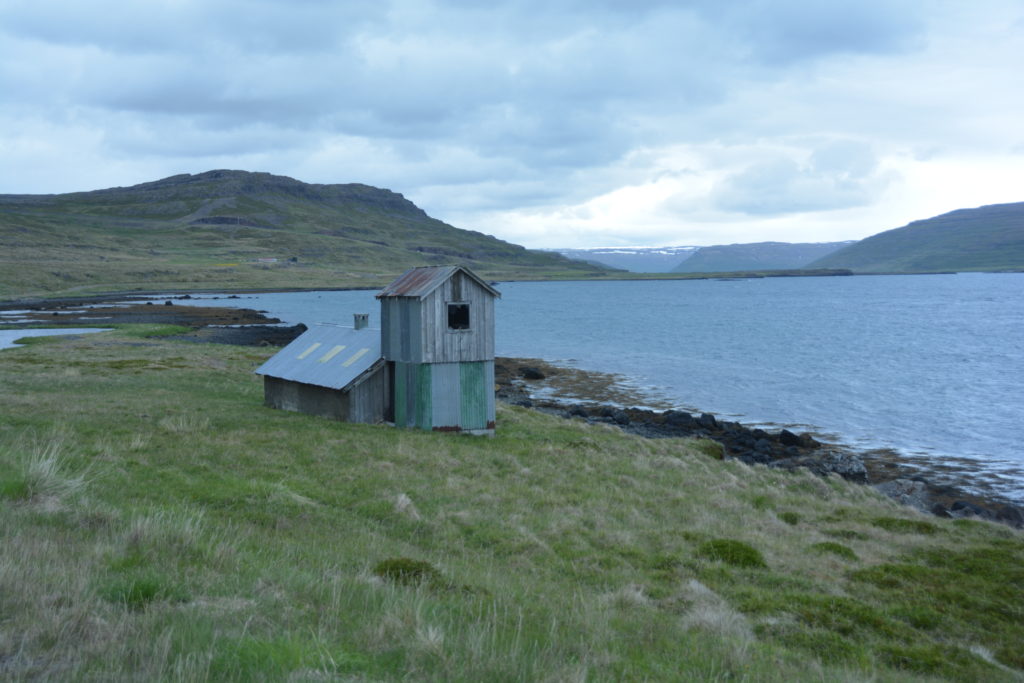
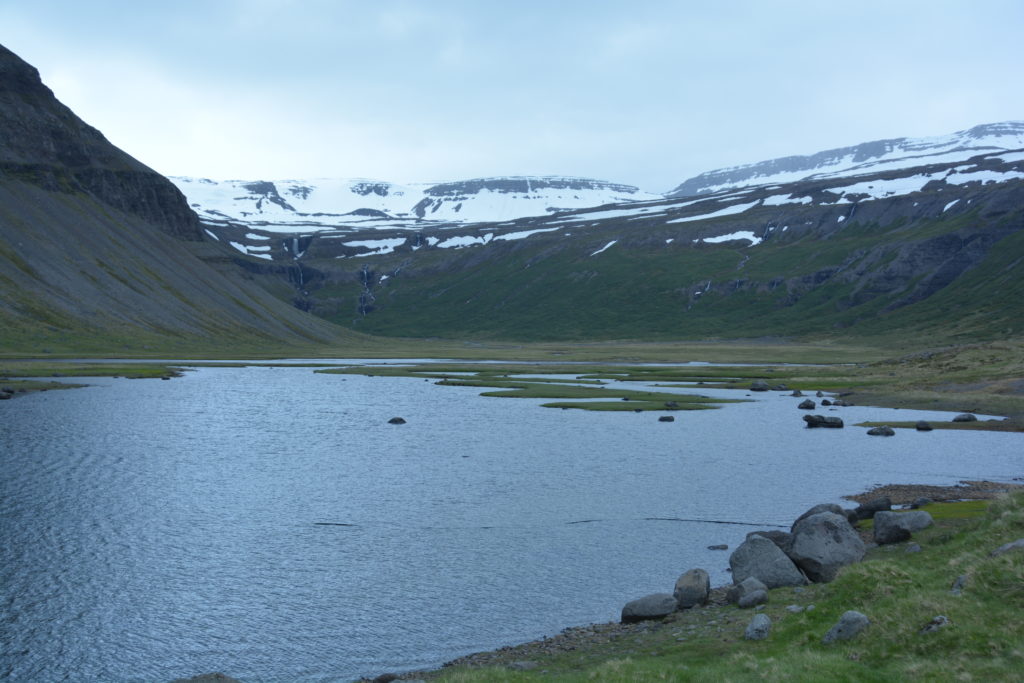
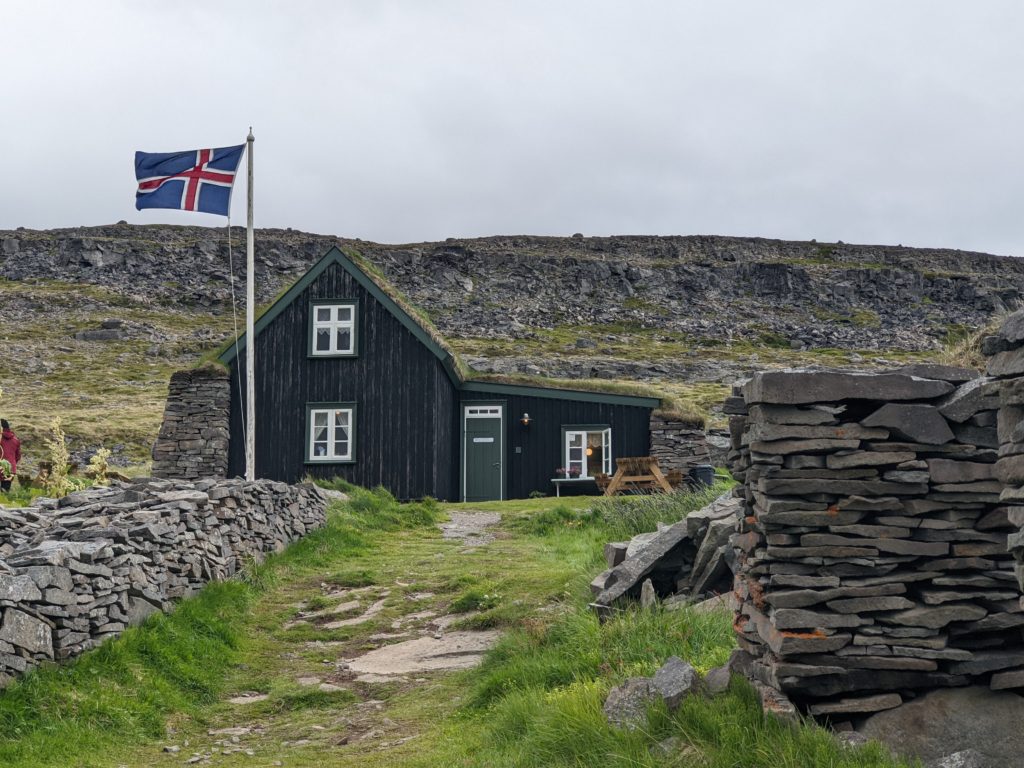
We called stumps in the town of Isafjordur, the largest town by far in the Westfjords with about 2,600 people, built on an isthmus of land sticking into yet another fjord. The town was built for comfort rather than looks but does feature numerous buildings from the 1800’s that added a certain charm to the grand setting of towering mountains all around. But with rain at 3° and a nasty breeze coming off the water the town was not at it’s sparkling best.
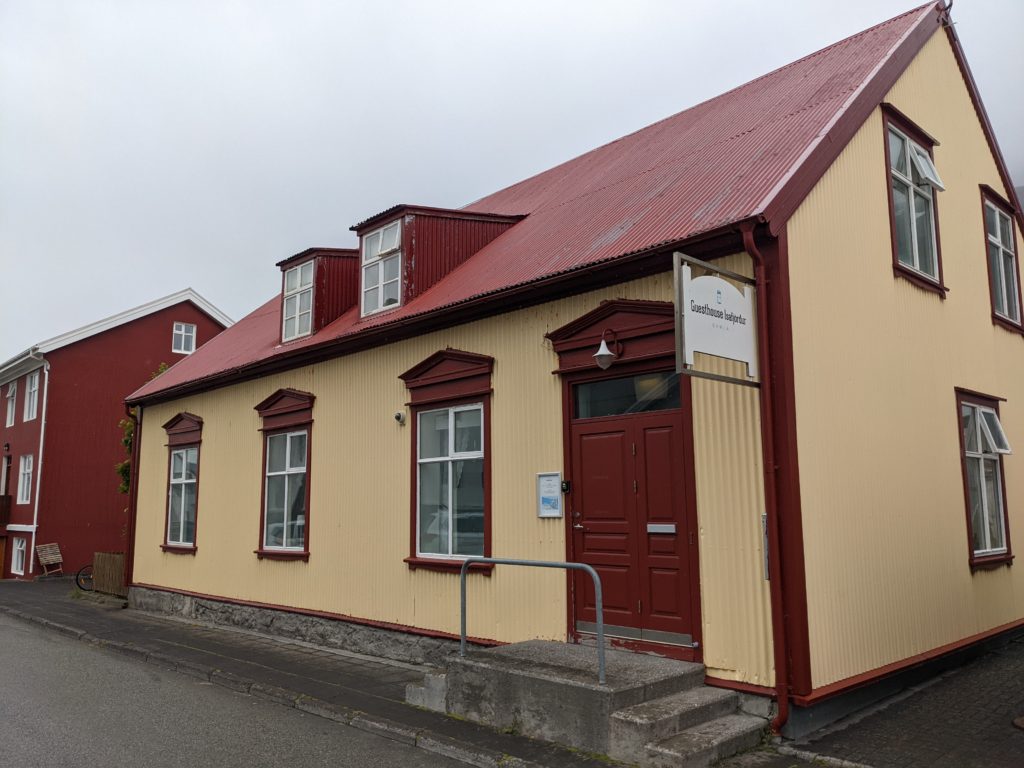
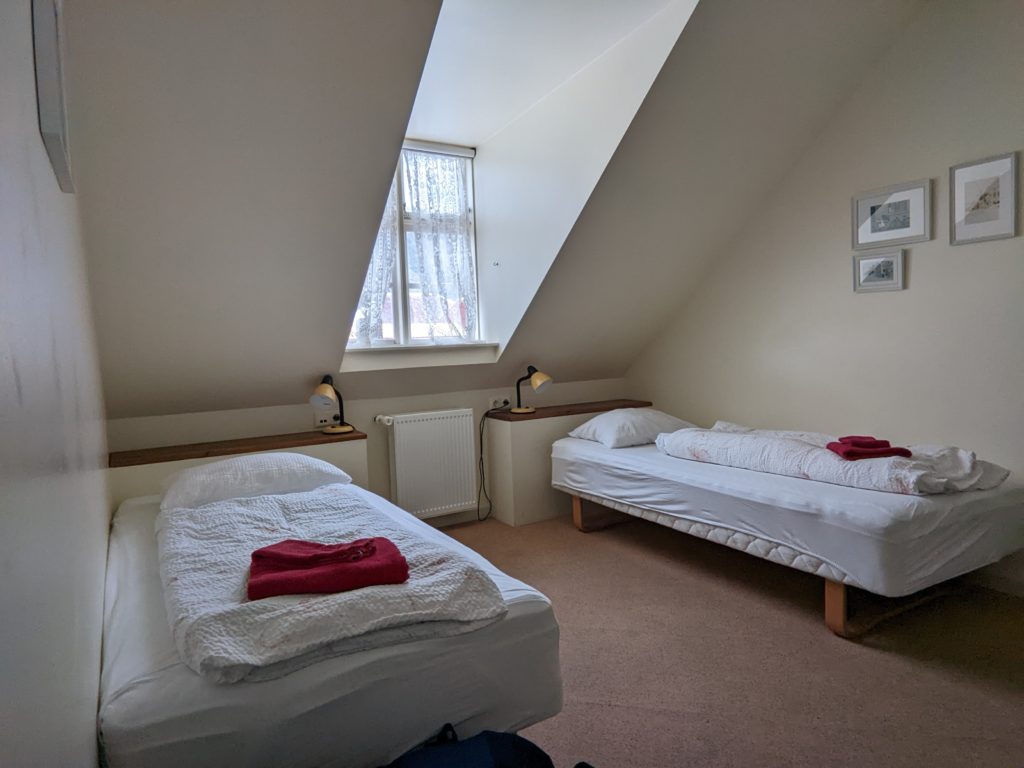
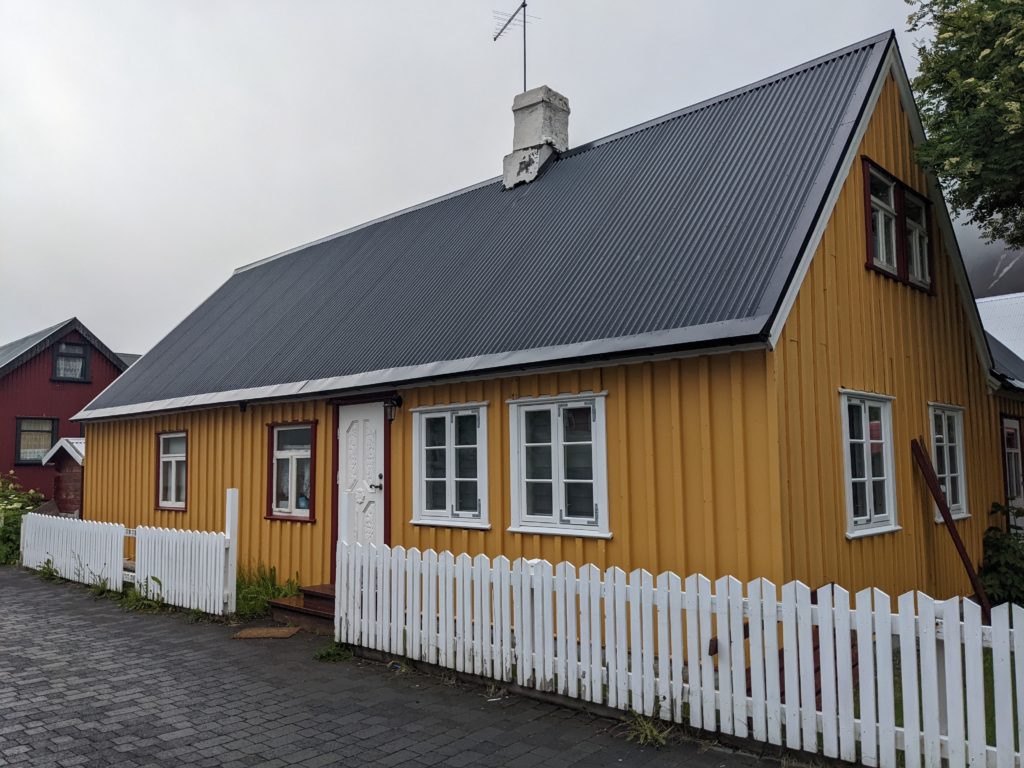
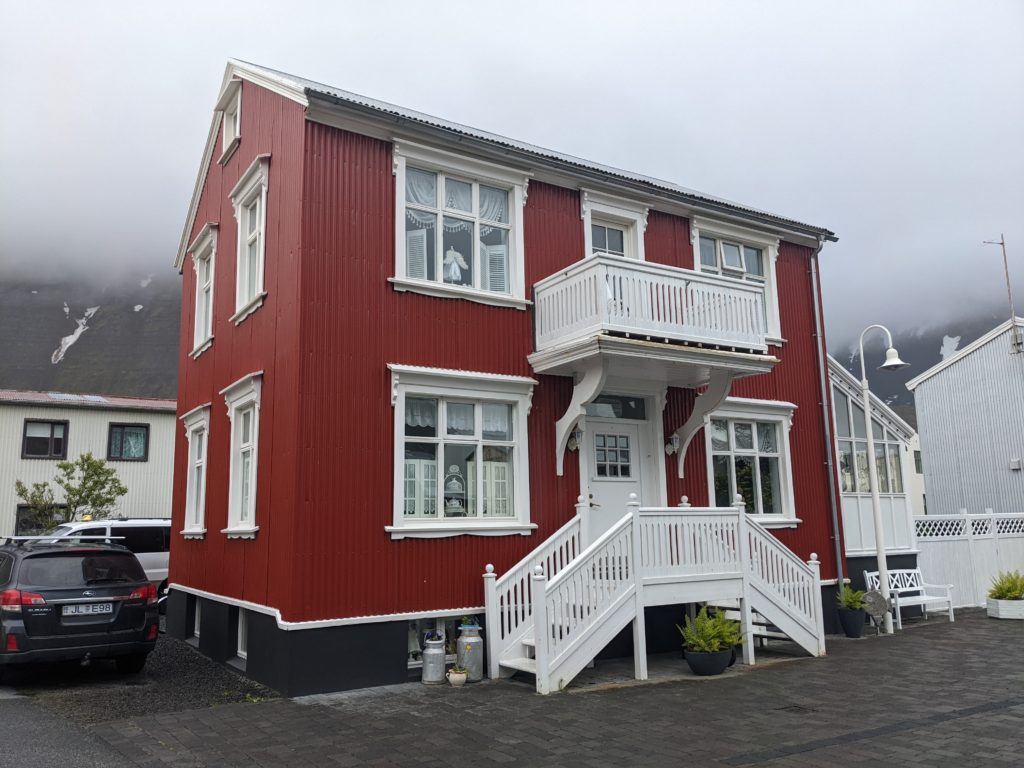
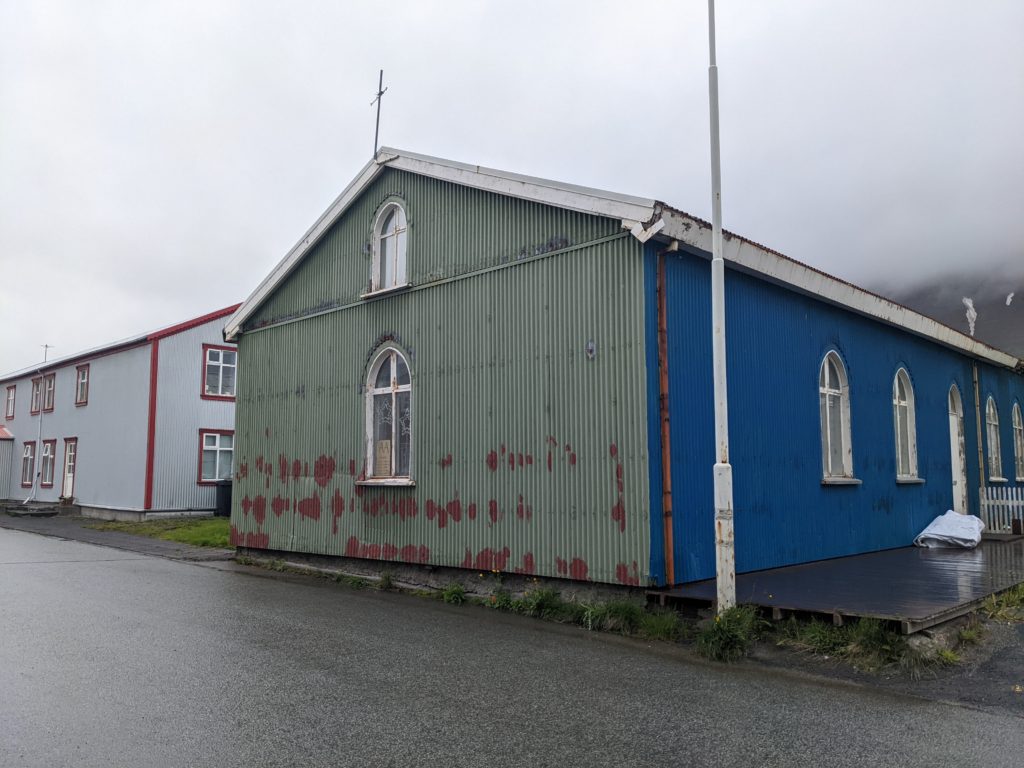
By the next morning with teasing blue skies Isafjordur looked like a place you could (barely) survive a summer but we had bigger plans and began a great day of tootling, as we call our random explorations, by visiting four different communities, each of only a couple hundred humanoids, stranded on the shores of separate fjords or waterways.
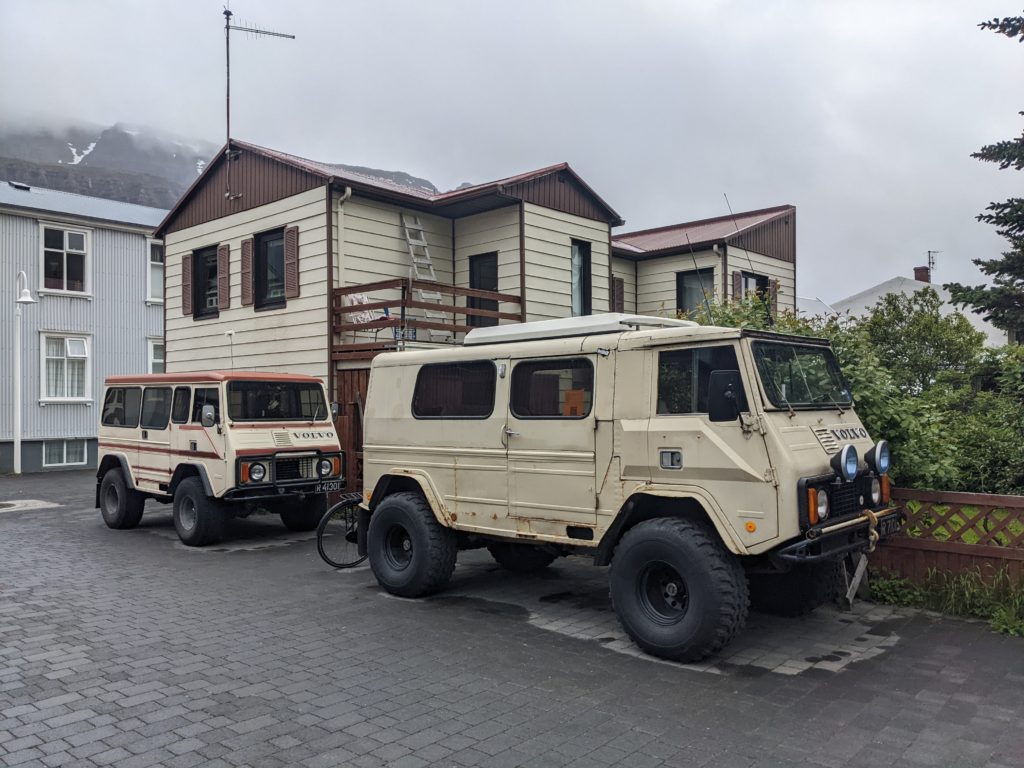
First was Bolungarvik with its huge earth retaining walls protecting the community from deadly avalanches, next was Sudureyi at the end of the most lovely non-Norwegian fjord we had ever seen, then there was Flateyri with the oldest store in Iceland and finally there was Þingeyri (pronounced Thingeyri, I’m just showing off my Icelandic keyboard) which was beautifully set on a stunning fjord but way beyond it’s heyday.
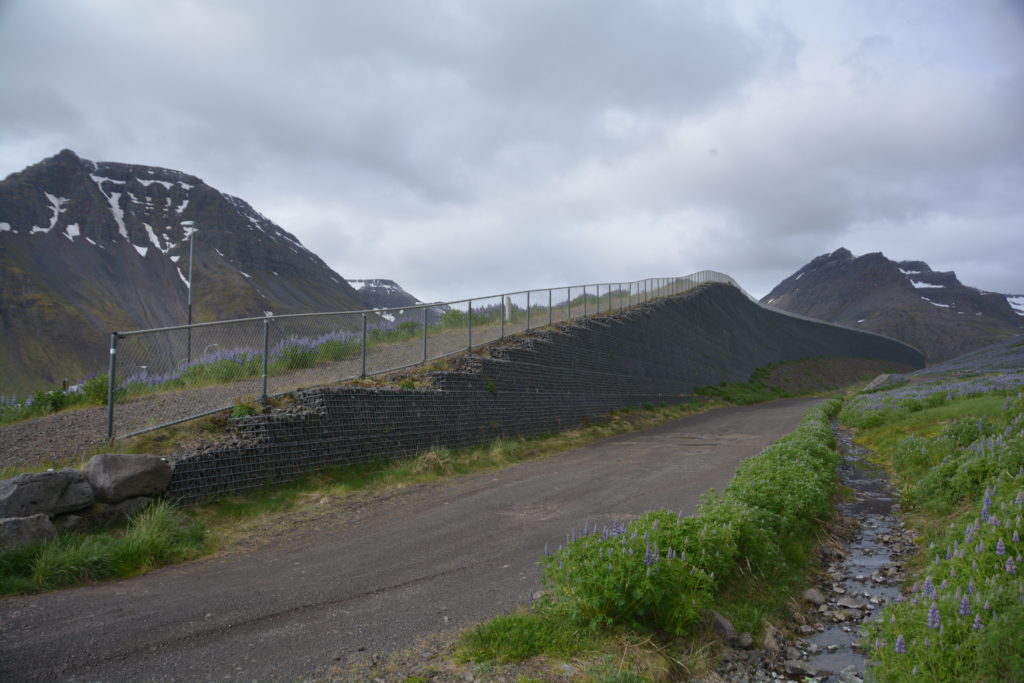
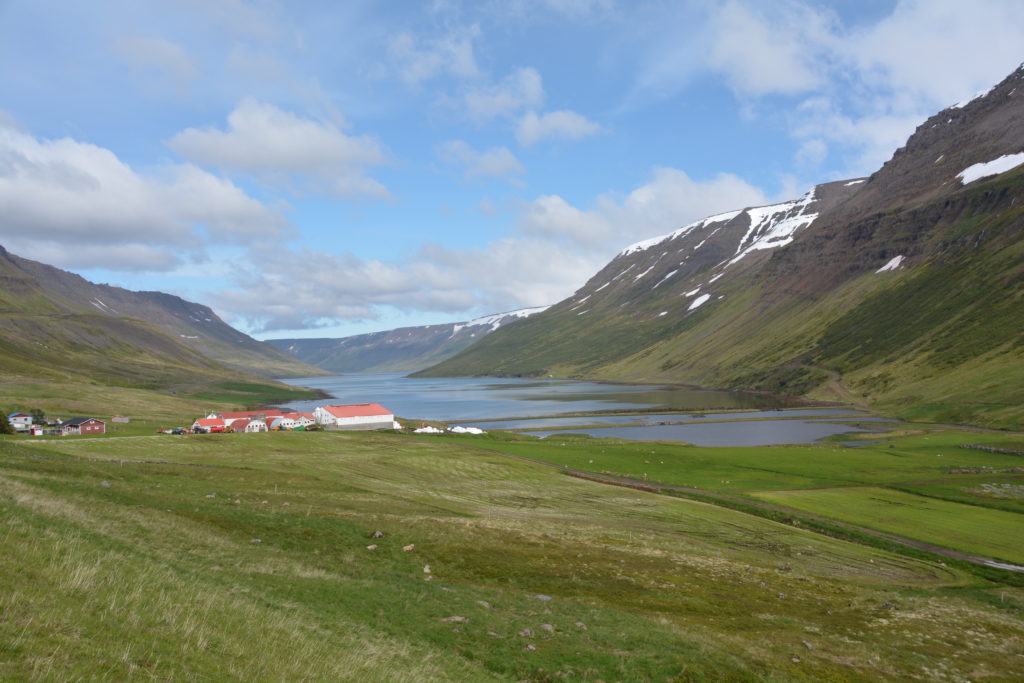
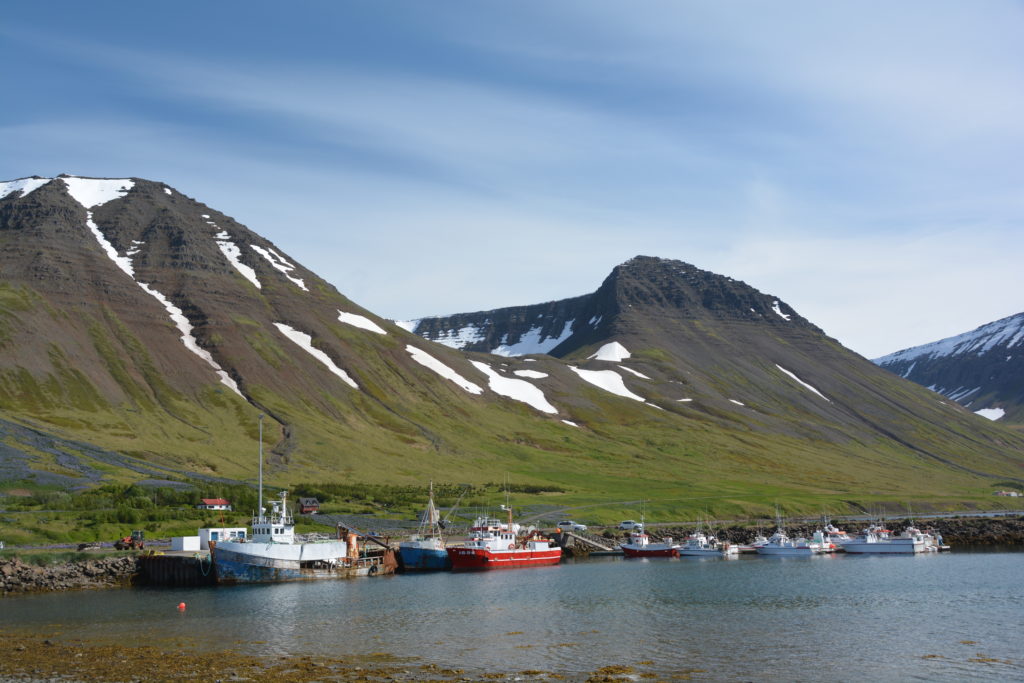
The day was also marked by four passes over 500 metres which might not sound like much but they all involve narrow switchbacks, usually on gravel, lots of snow and stunning views down below. Poor Uvu with its lawnmower engine worked hard all day but managed to get us through.
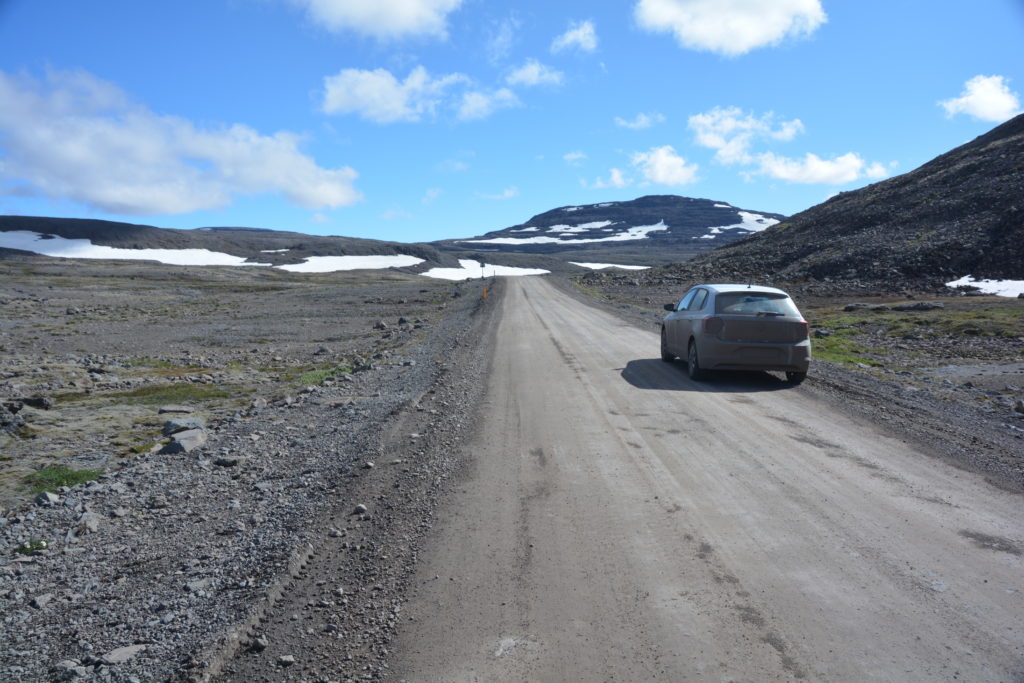
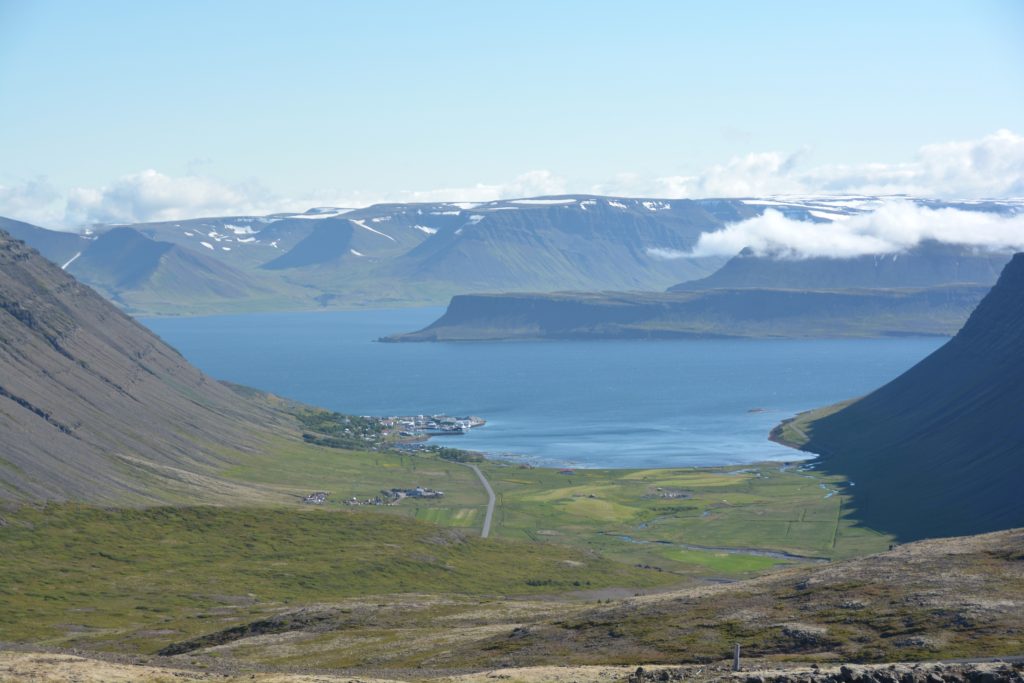
The late afternoon was highlighted by a 40 kilometre dirt road up, over and around some stunning scenery to the western-most point in Europe (hooray!) to Latrabjarg to see cliffs up to 140 metres high hosting up to a million birds in the summer. I think we saw all of them, including a single puffin who I nearly stepped on. Great stuff.
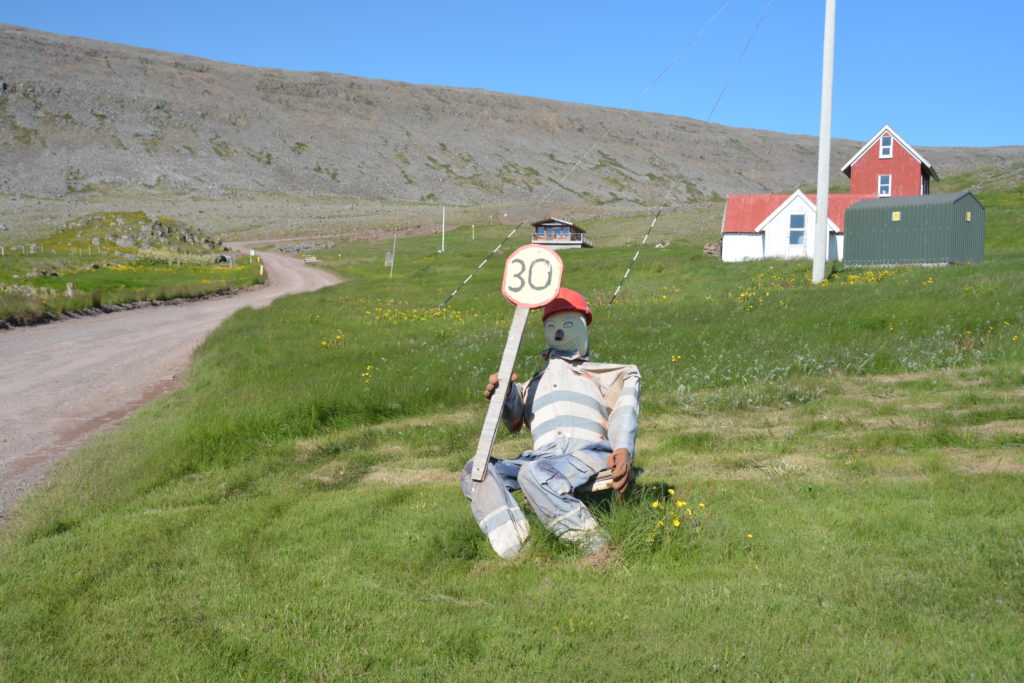
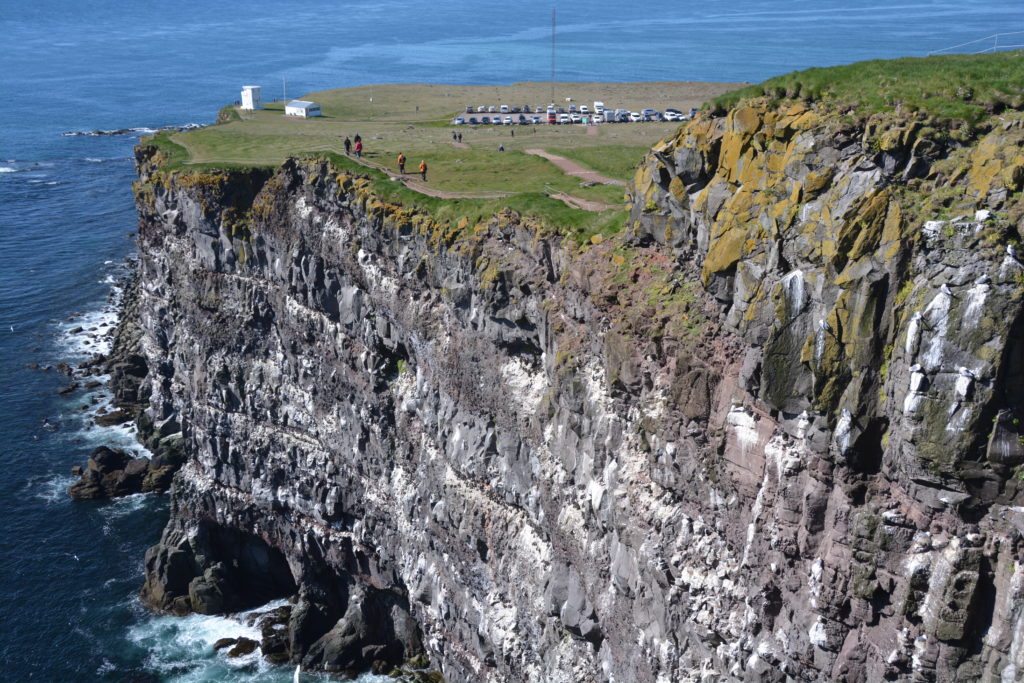
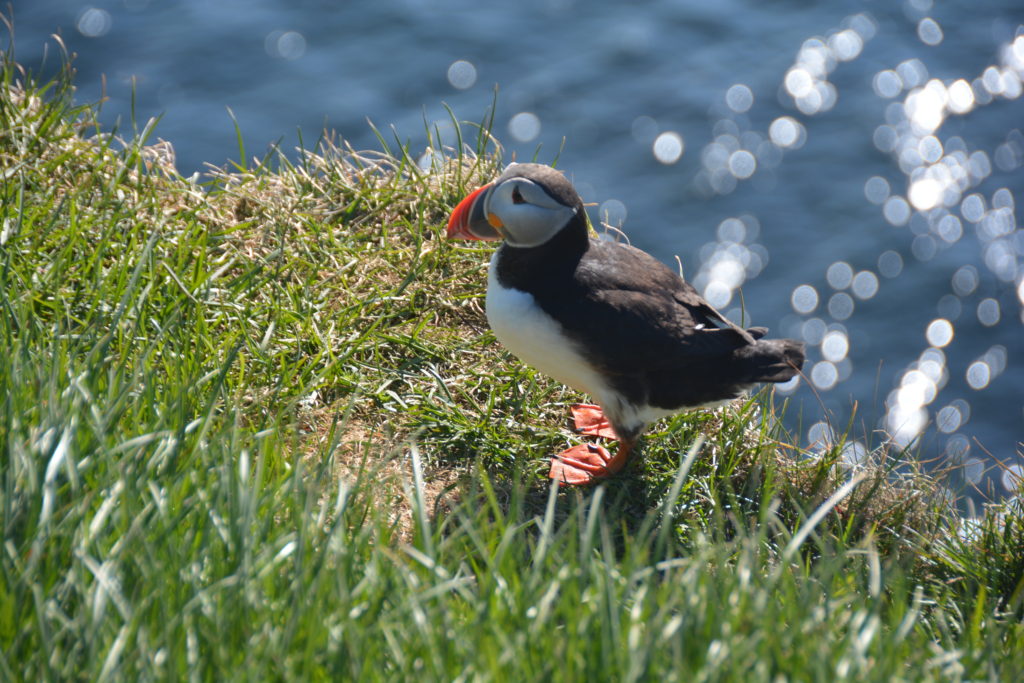
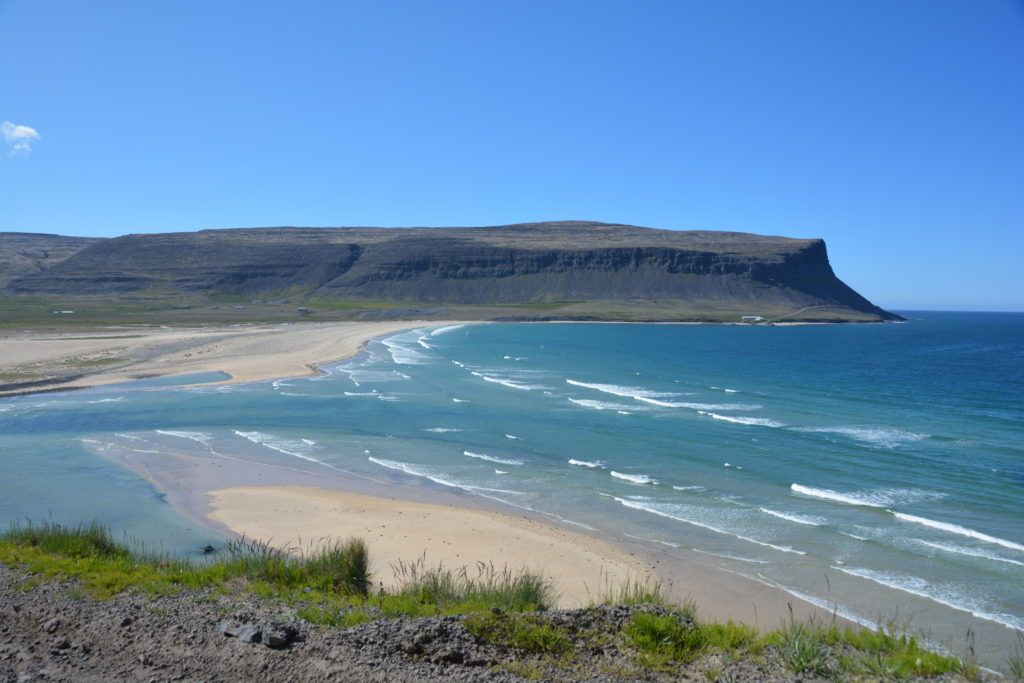
After overnighting in Talknafjordur (called Talk to his mates), with a very generously listed population of 231 (where could they all be hiding?) we did the usual up and over a 400 metre pass with dramatic snow-spotted mountains all around, and after following a couple more sparkling blue fjords we did another similar pass, this time on poor dirt roads. On the descent of this steep pass we had the pleasure at a road construction site of the road worker moving the barriers, opening the new road for us and waving us through – we were the first customers on this brand new stretch of great gravel road (with guard rails!).
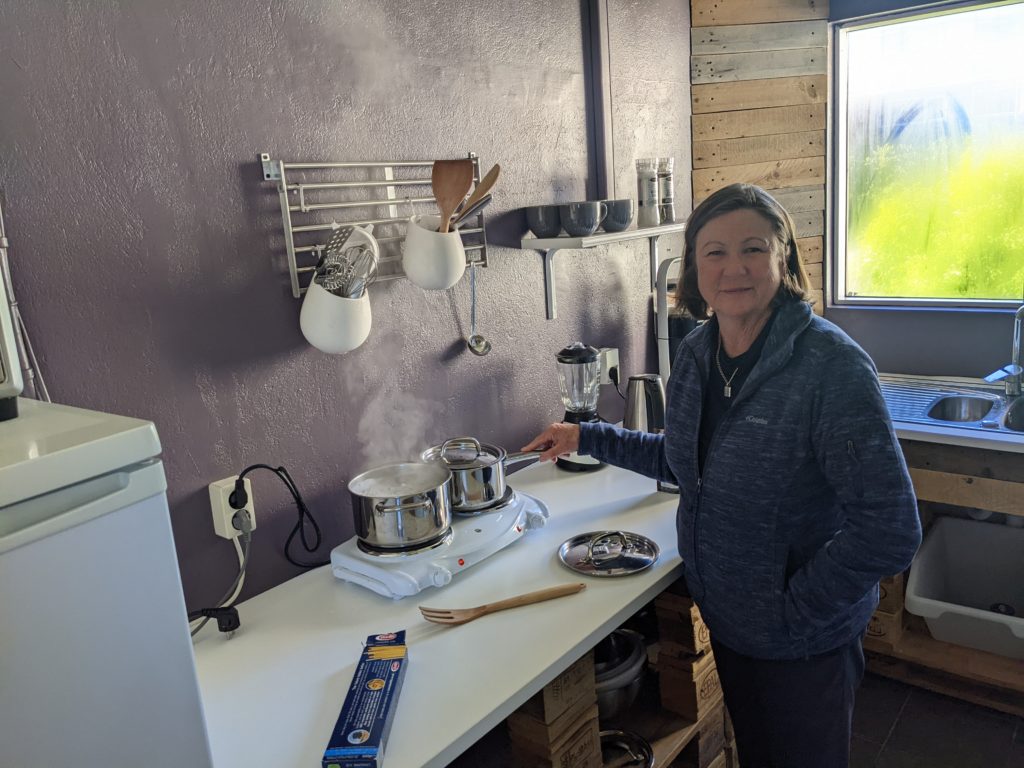
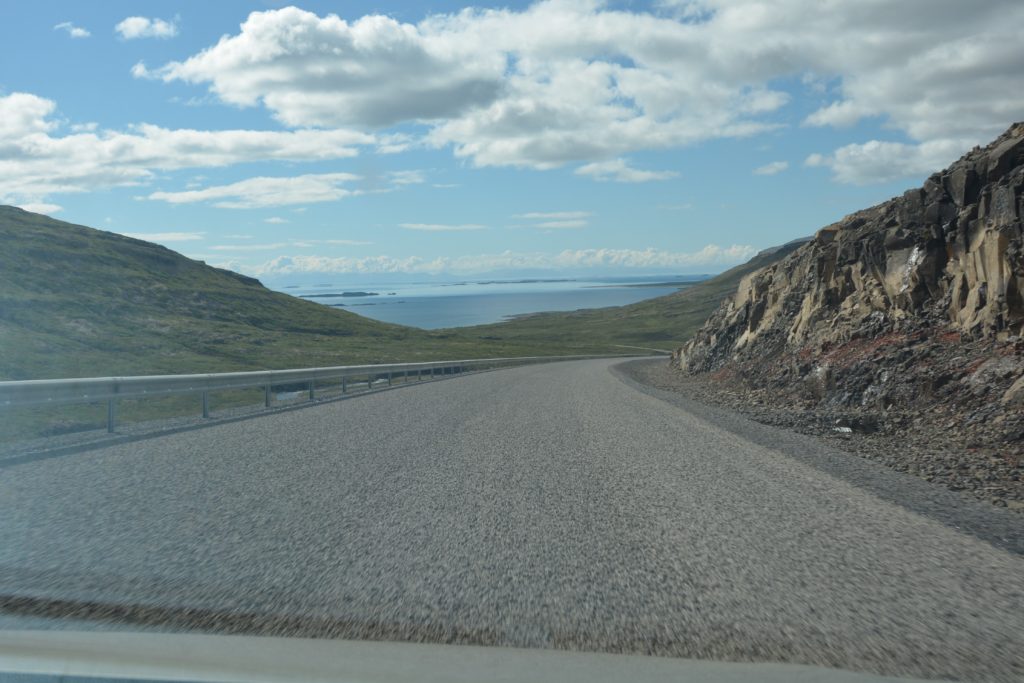
At Brjanslaekur we caught the three hour ferry across the large Breidafjordur Fjord and then followed the road out onto the Snaefellsnes Peninsula, one of Iceland’s premier attractions. We could immediately feel the change because we were within a day’s drive from the capital Reykjavik and the tour busses and mini-vans had reappeared. The wild and remote Iceland that we had so enjoyed in the Westfjords was behind us.
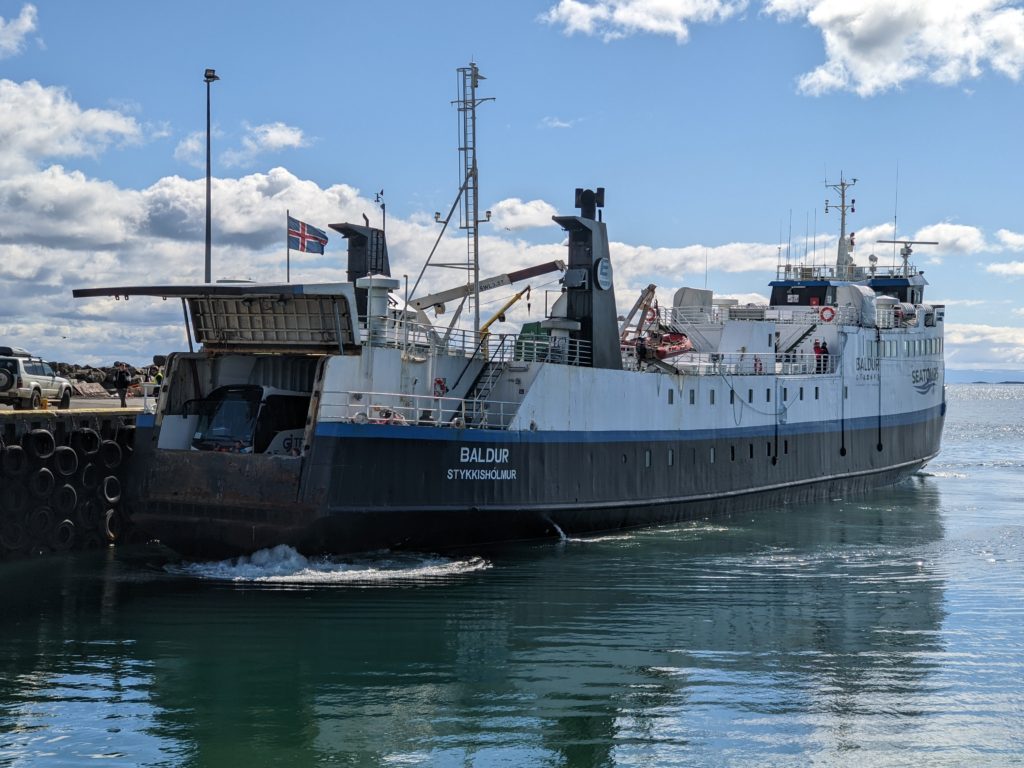
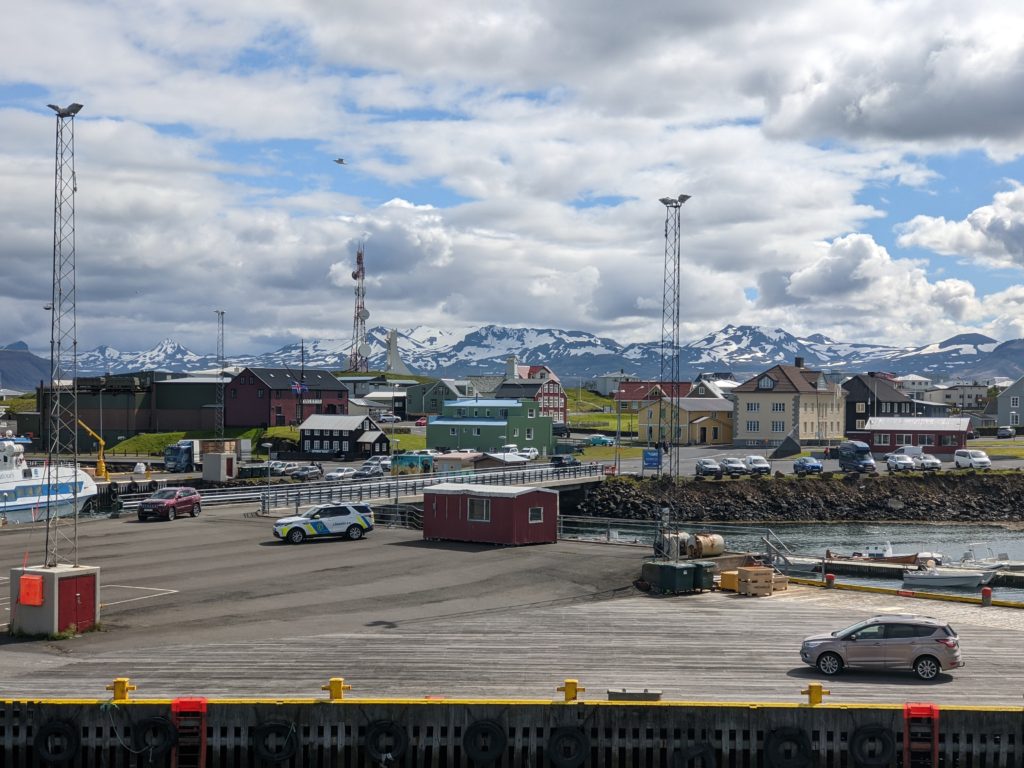
With our last day in Iceland before we flew back to England there was a bit of sadness in our smiles because we knew this dream adventure was coming to an end. But Iceland went out with a bang as we roamed around the Snaefellsnes Peninsula, most of its extended arm covered by the Snaefellsjokull National Park and glacier of the same name.
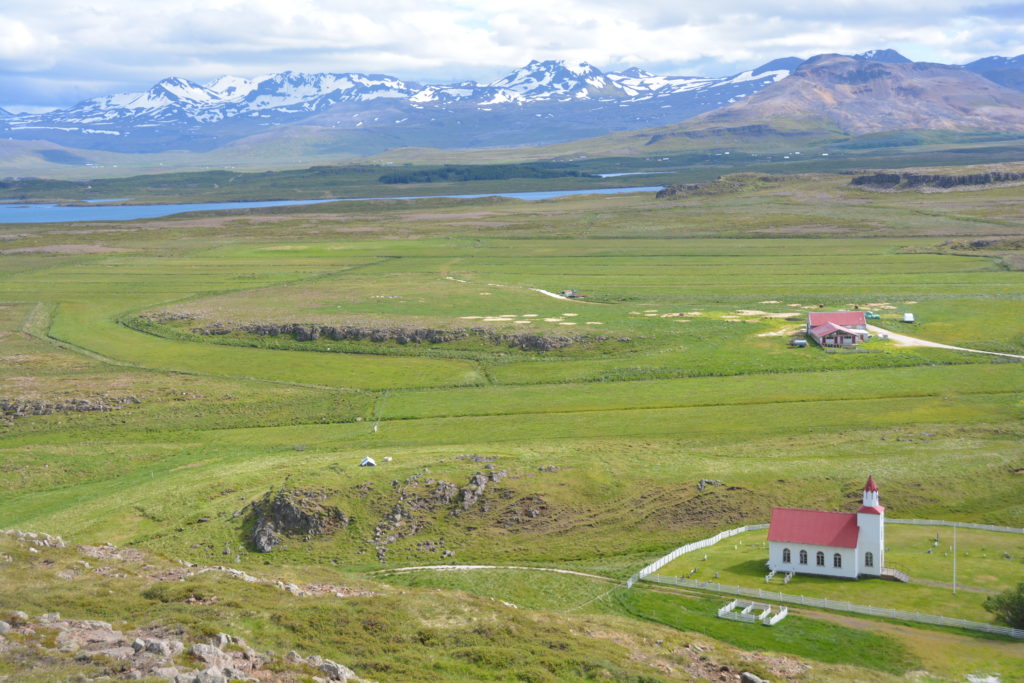
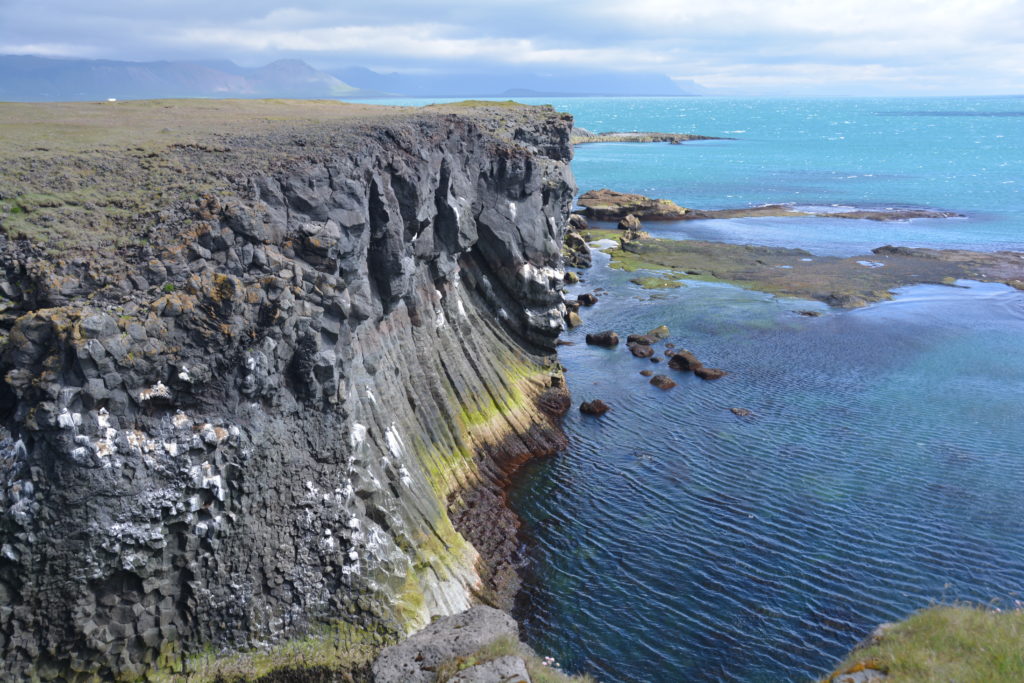
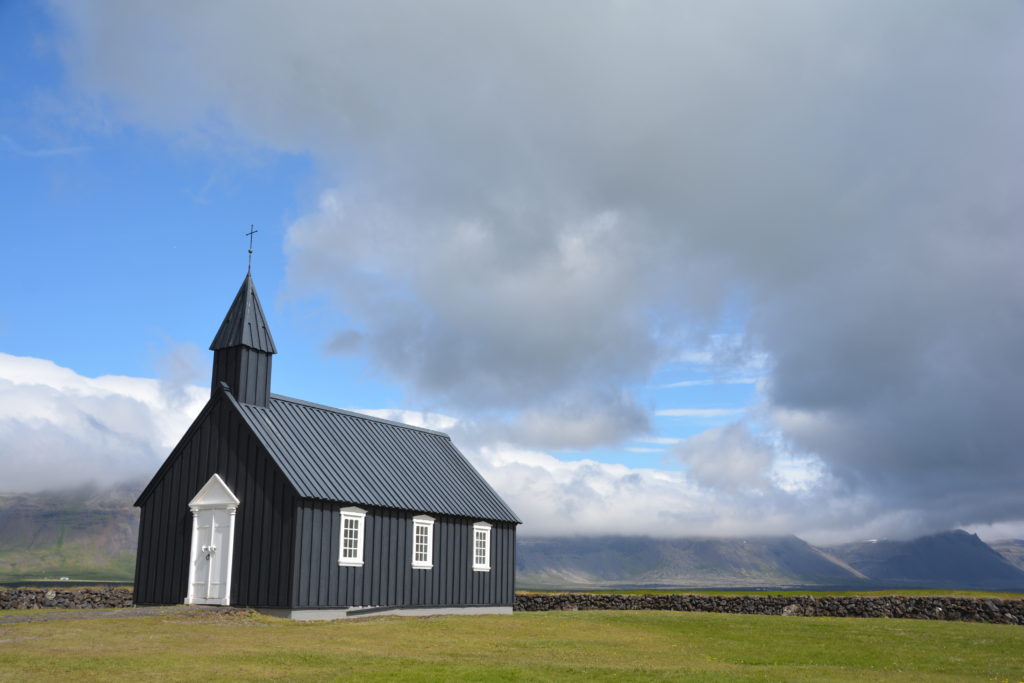
Our last day featured all the things we’ve come to love about Iceland – volcanos, glaciers, waterfalls and fjords plus some things we won’t miss like bitterly cold wind and drizzle. In fact, the very definition of Iceland.
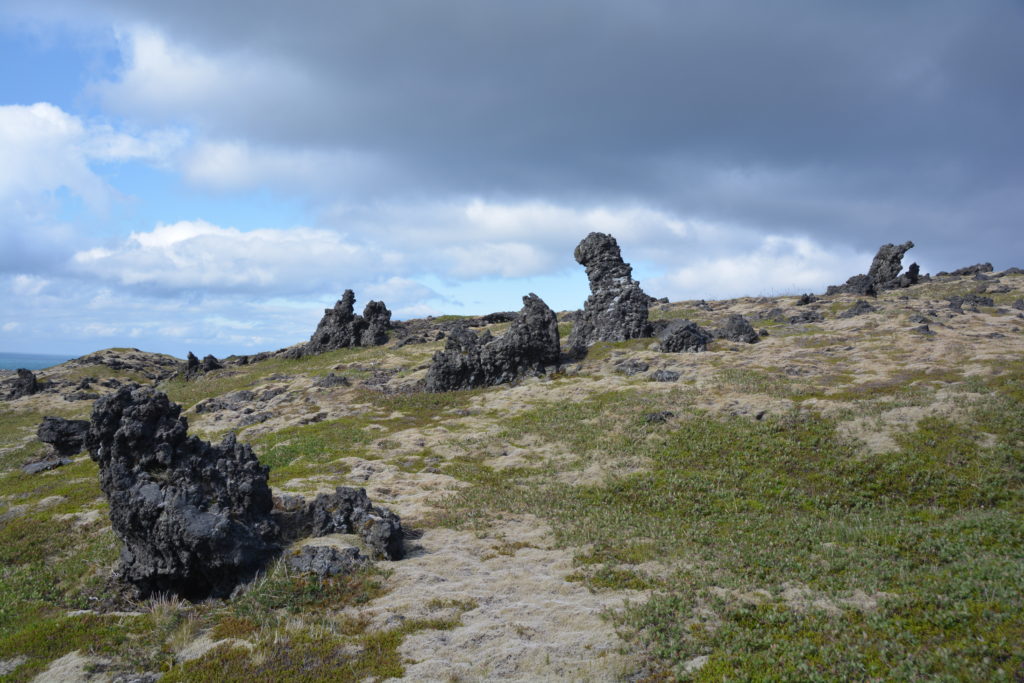
Our return to the capital Reykjavik featured yet another tunnel but this six kilometre beauty went under the fjord. That was cool.
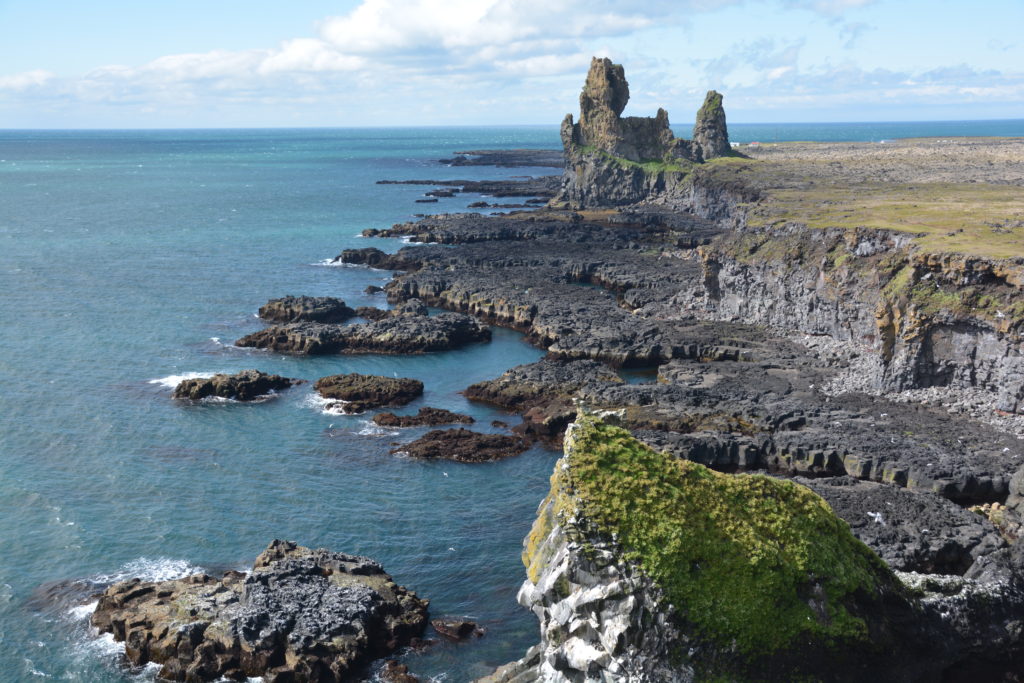
And so our idea of coming to Iceland 41 years ago was finally fulfilled, not to pack fish for quick cash as we had hoped then but to see the natural wonders and beauty of this amazing island.
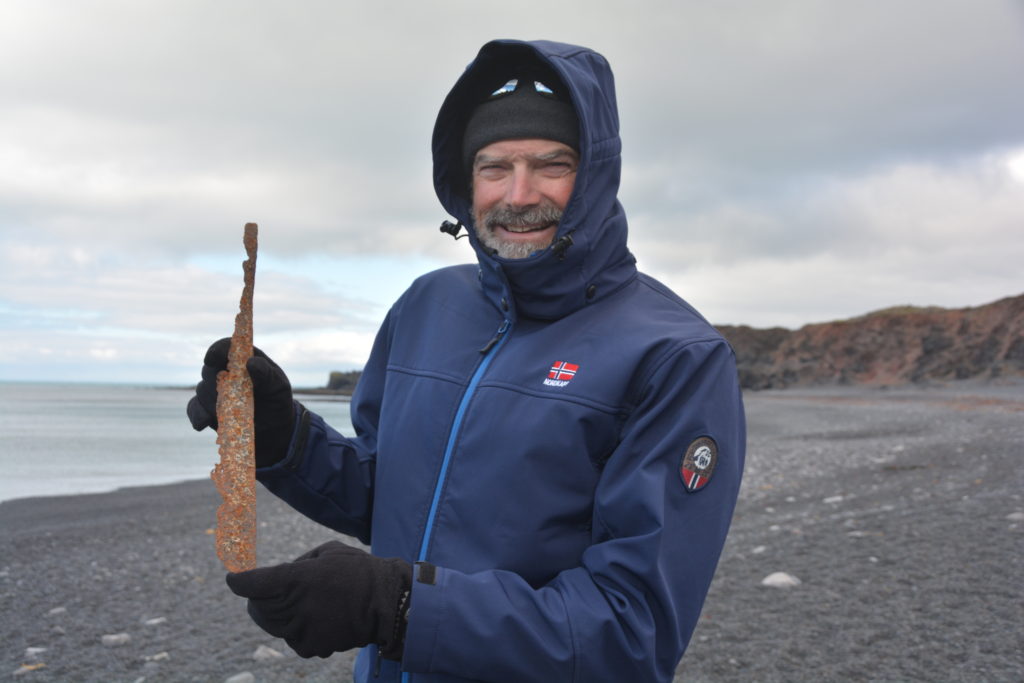
Iceland, without an indigenous history or culture, without a strong national cuisine (hot dogs, pizzas and burgers, please) without the weather that other destinations boast, with super-high prices and a very short visitor season still packs in more beautiful scenes and wonderous places per square kilometre than anywhere we’ve been. It rewards all the traveller’s senses and delivers memories that will last forever. We loved it, we’ll miss it and we’ll be talking about it for a long time.
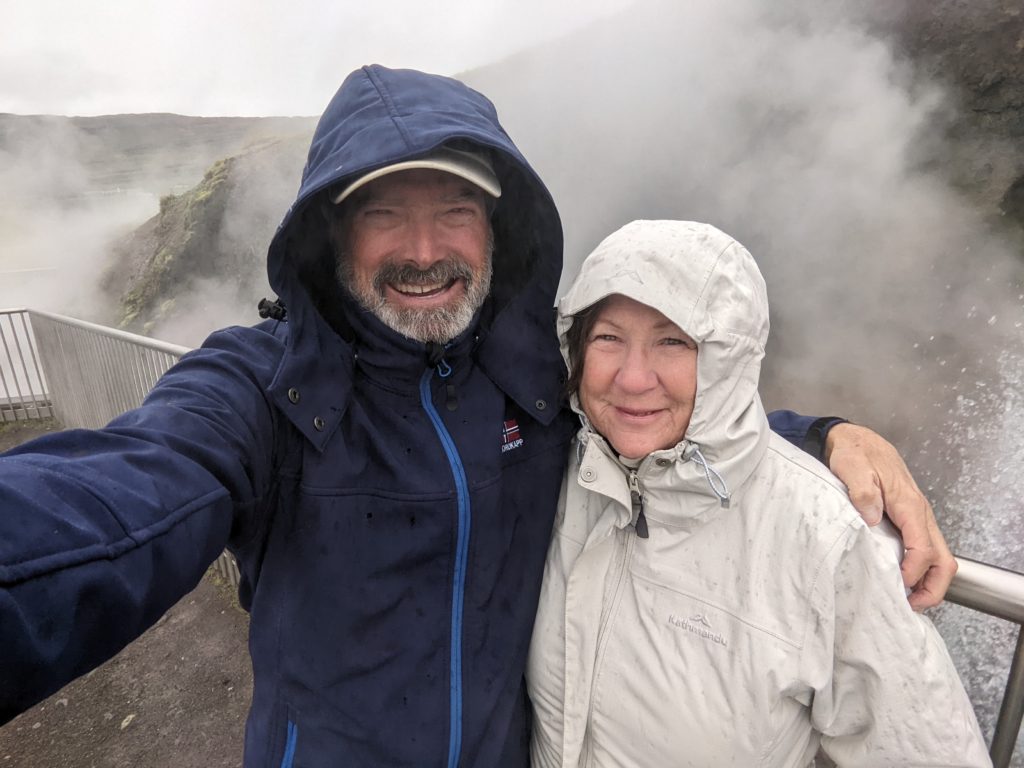
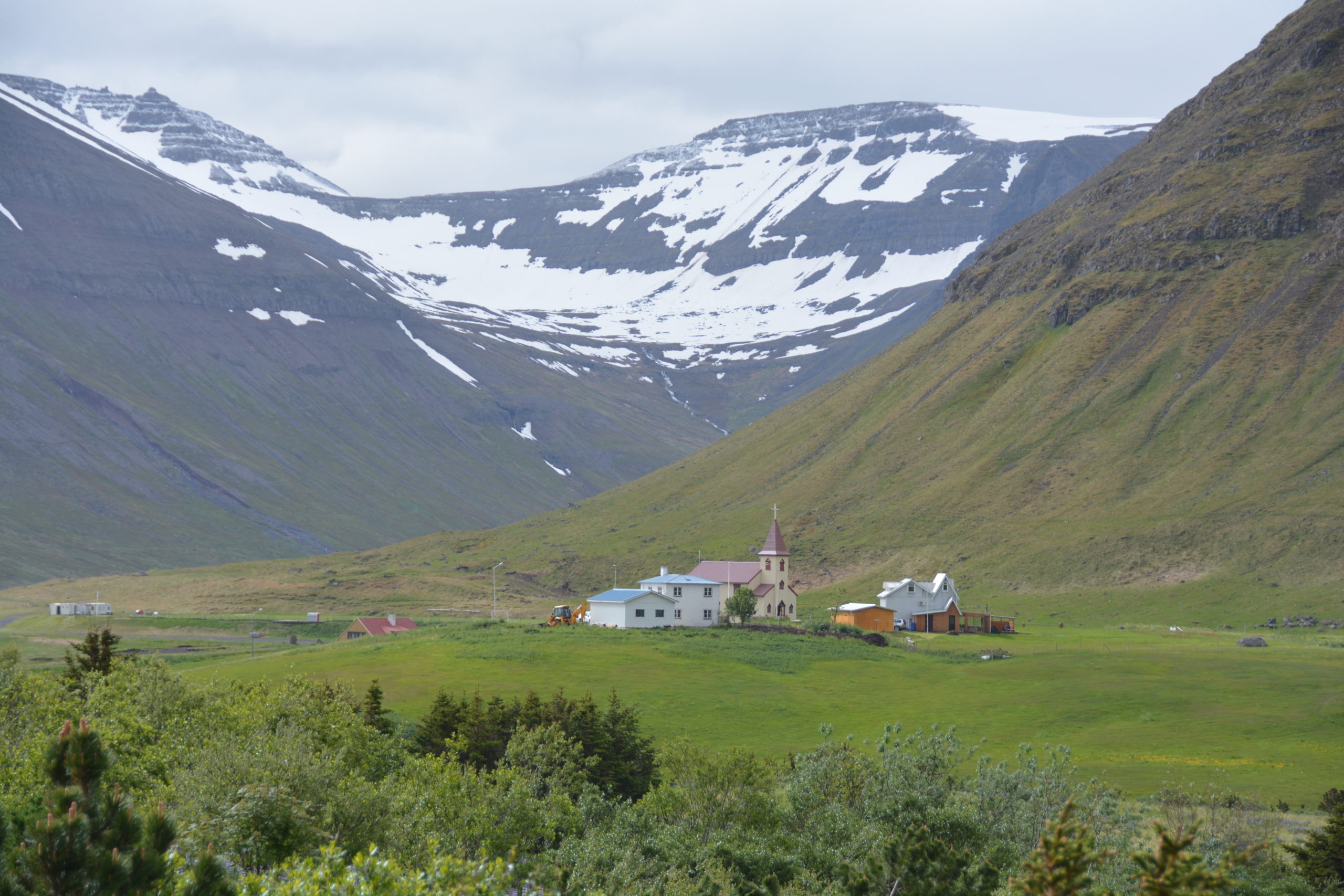
Comments
The Westfjords — No Comments
HTML tags allowed in your comment: <a href="" title=""> <abbr title=""> <acronym title=""> <b> <blockquote cite=""> <cite> <code> <del datetime=""> <em> <i> <q cite=""> <s> <strike> <strong>